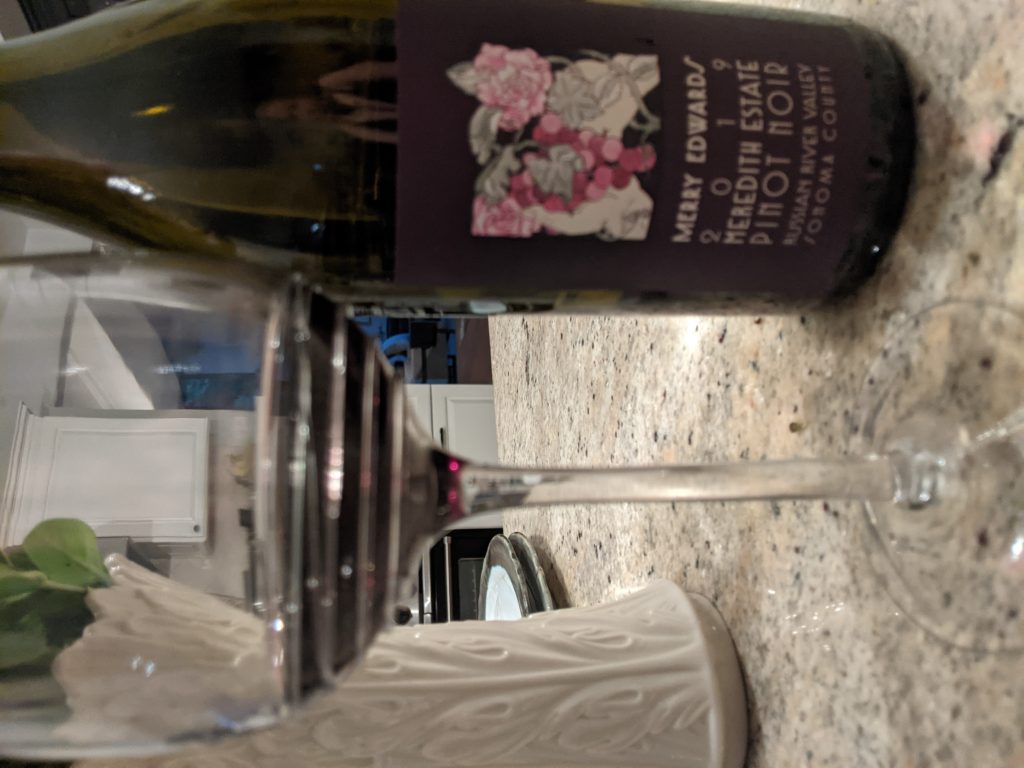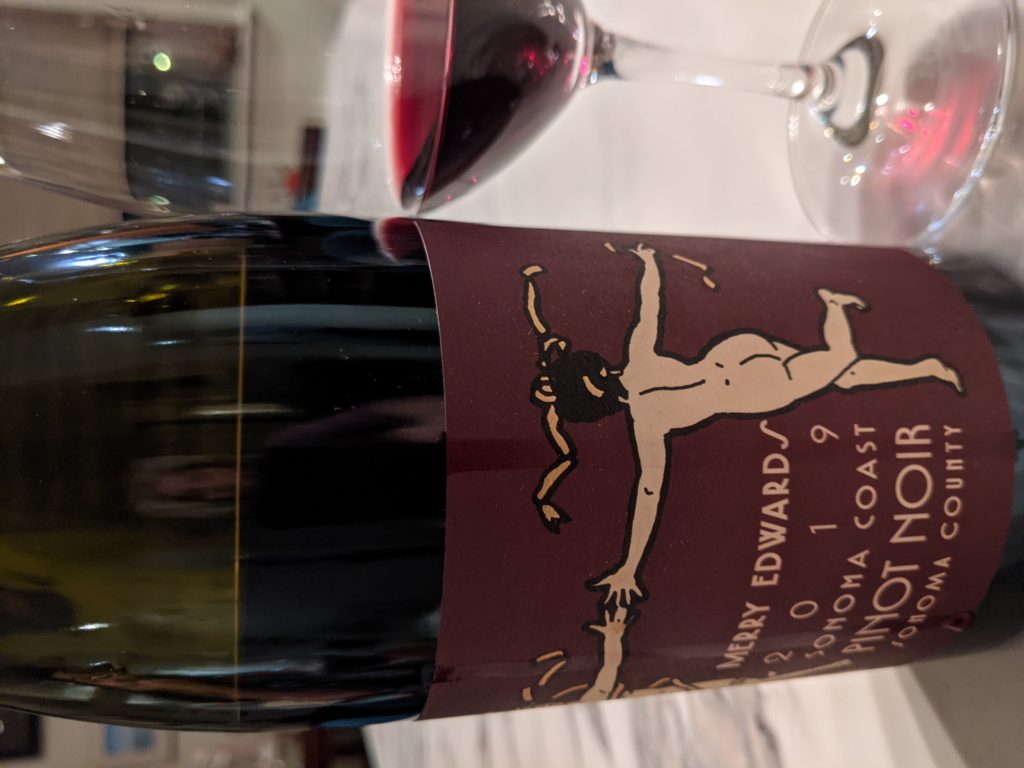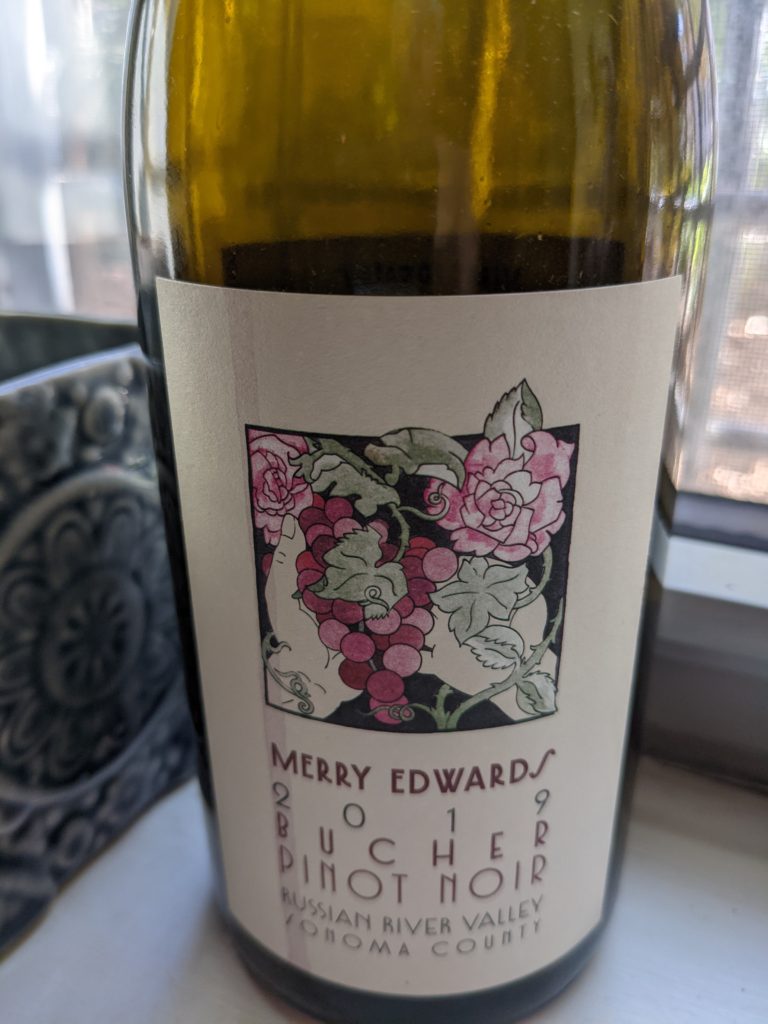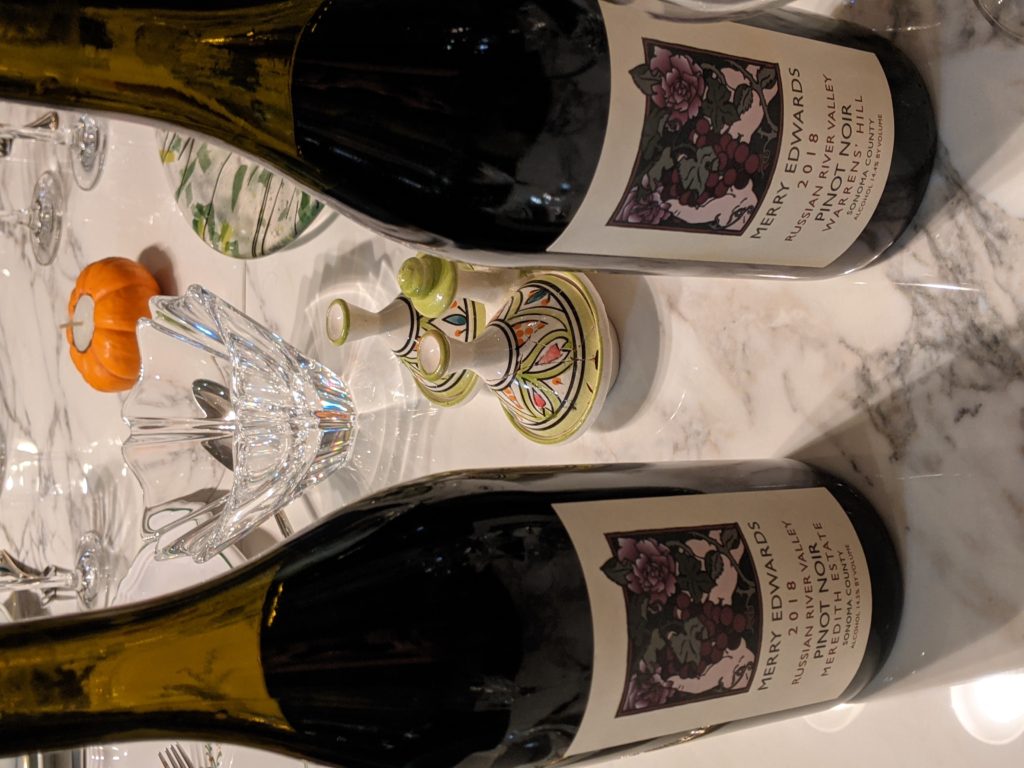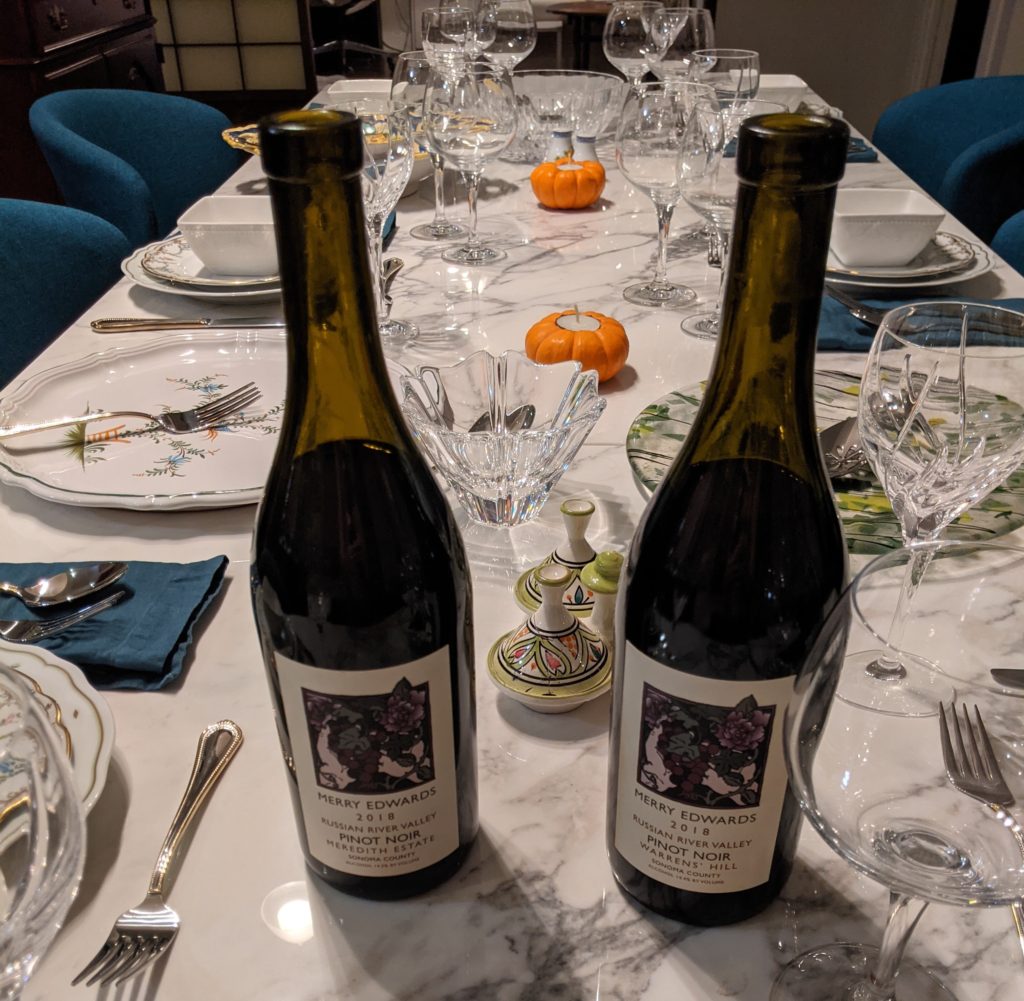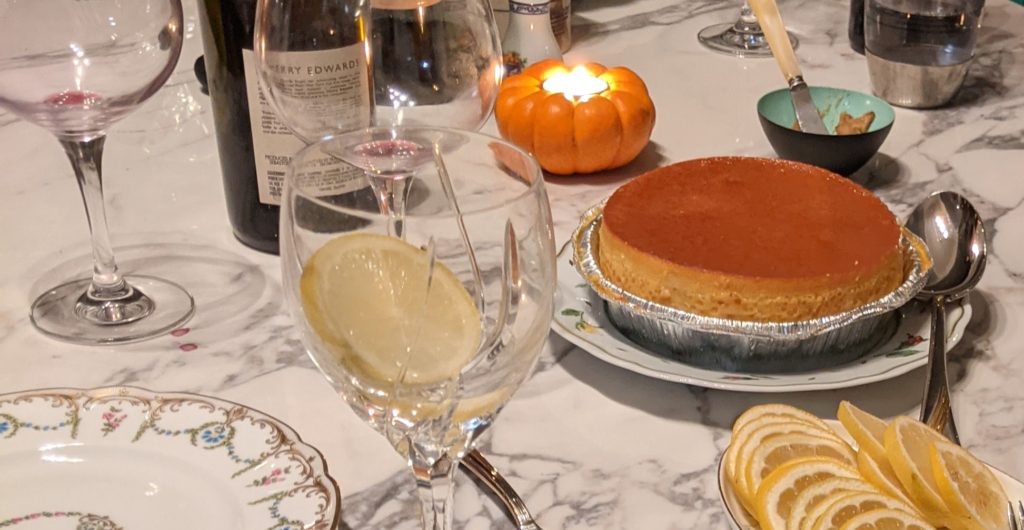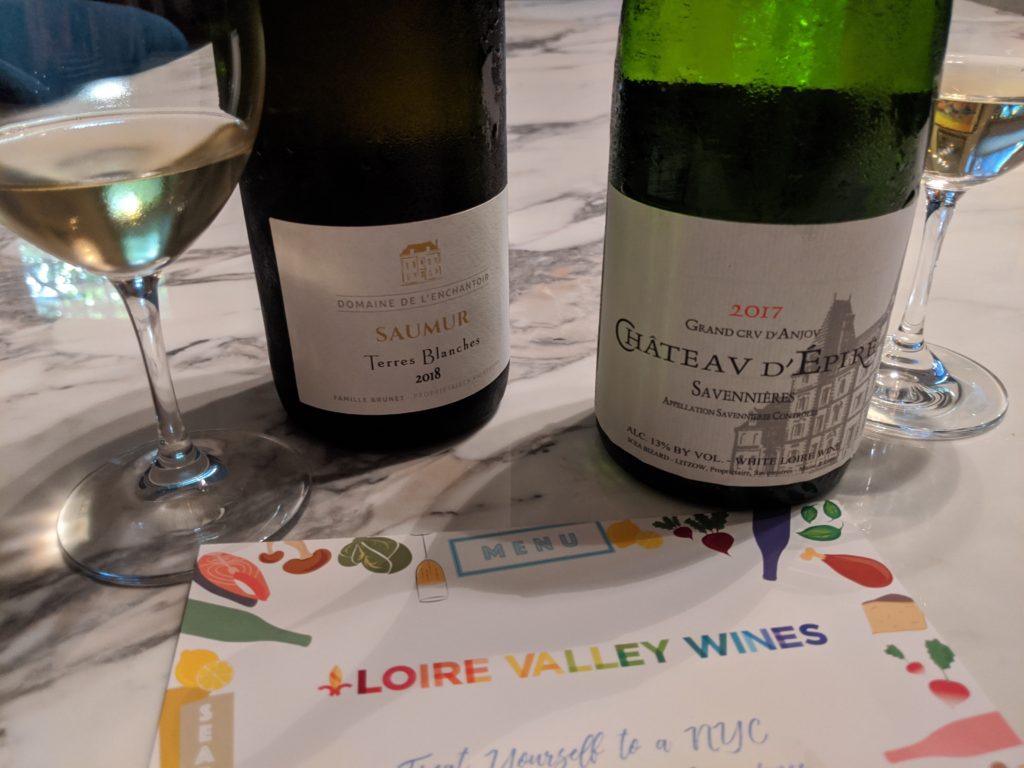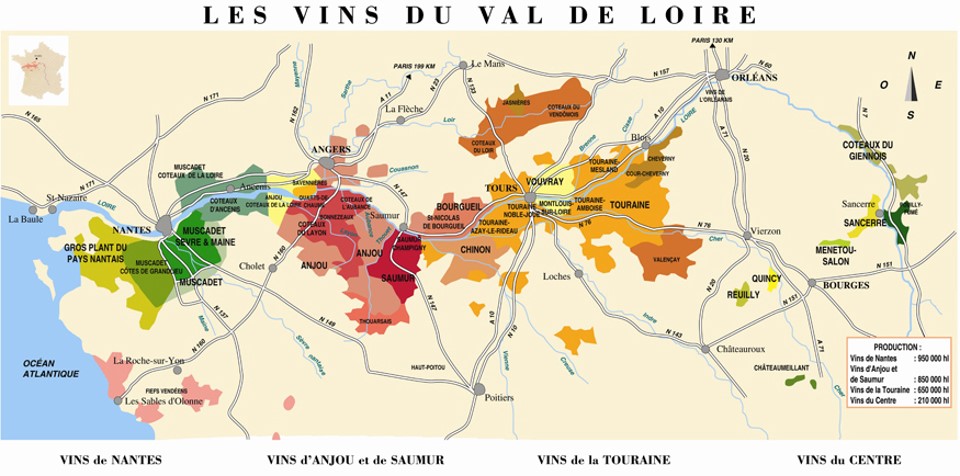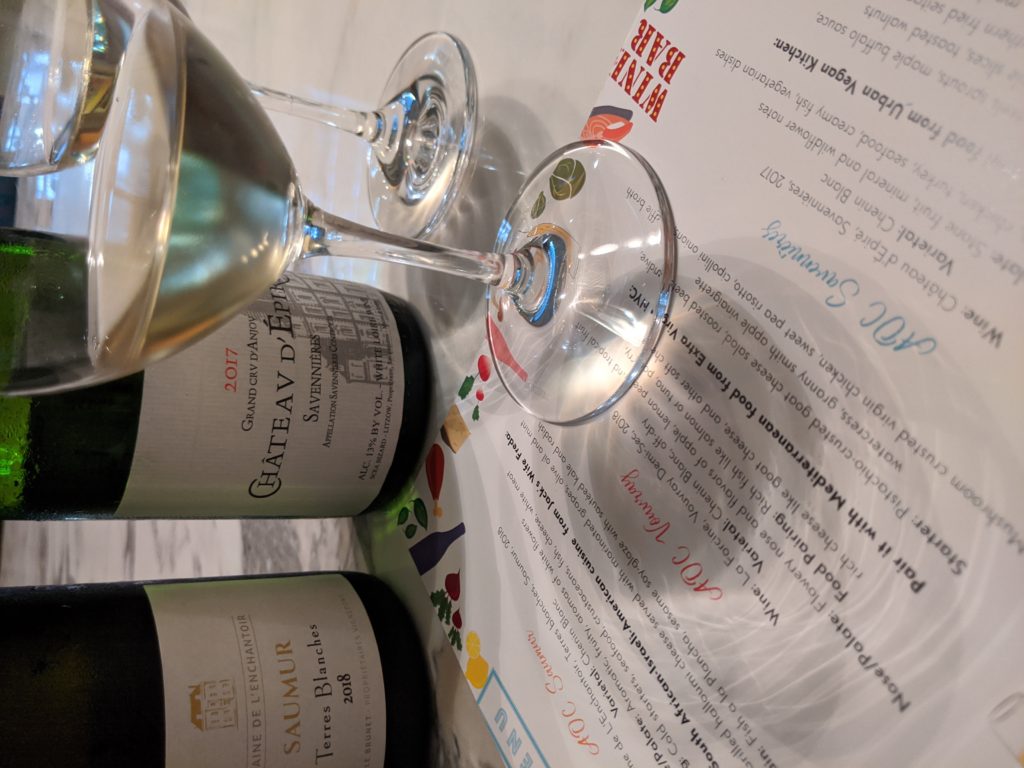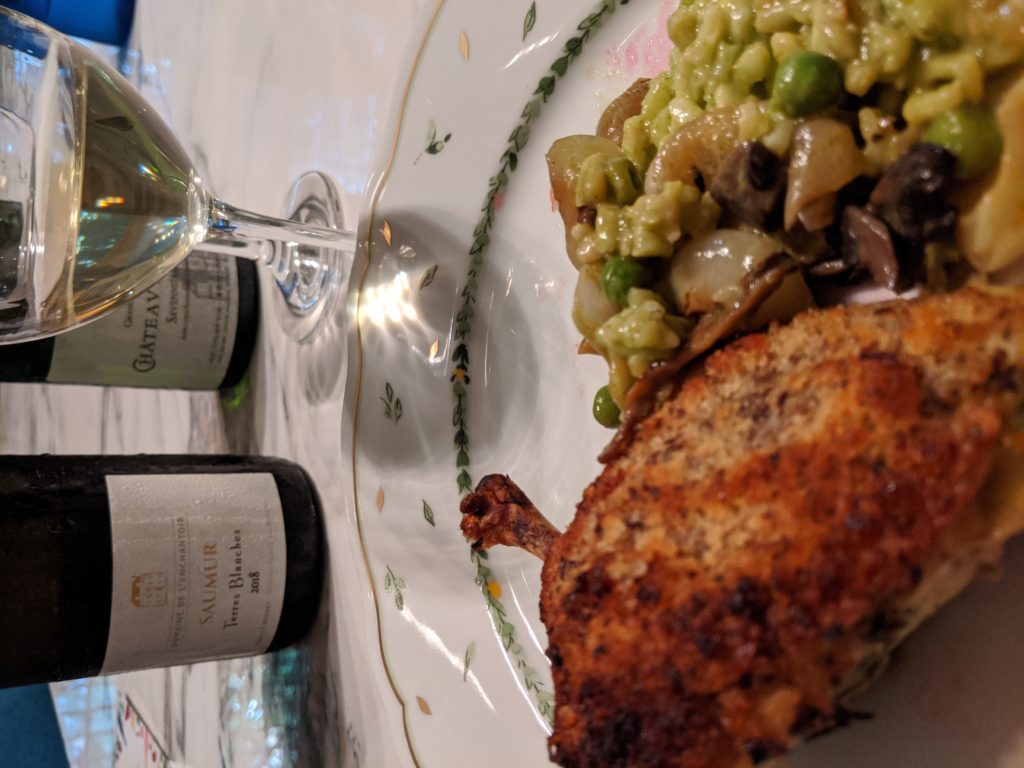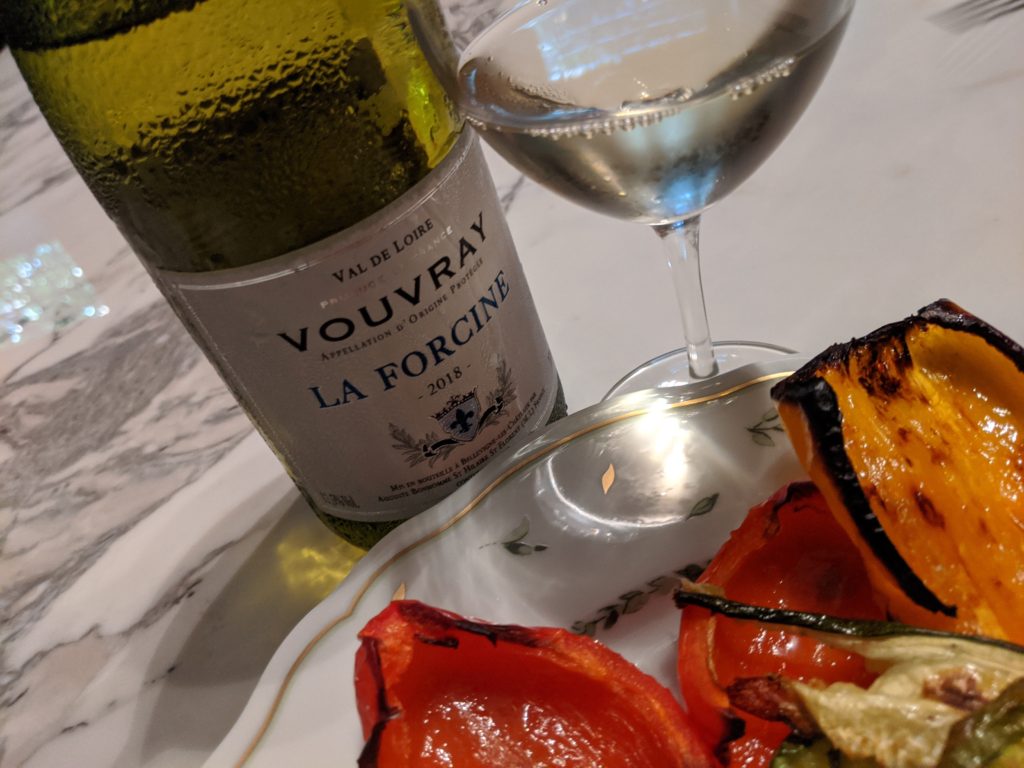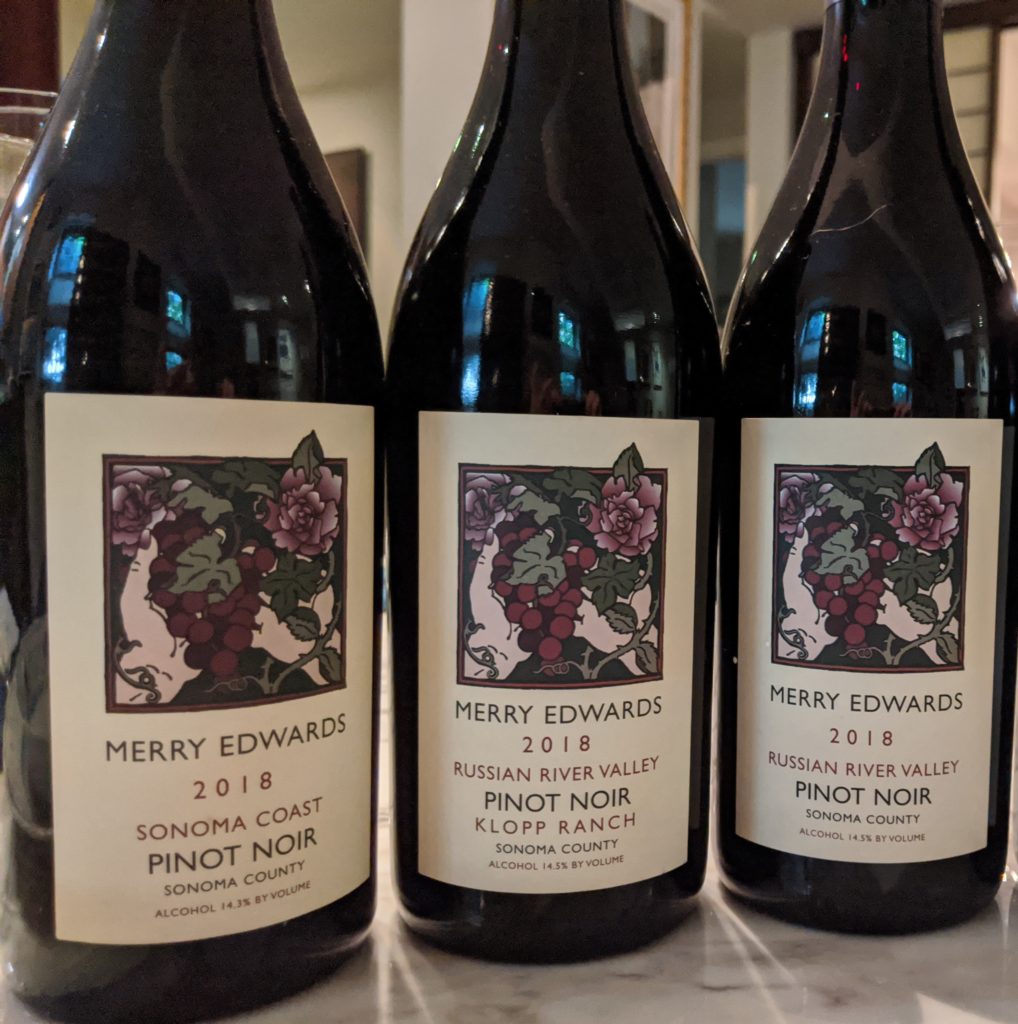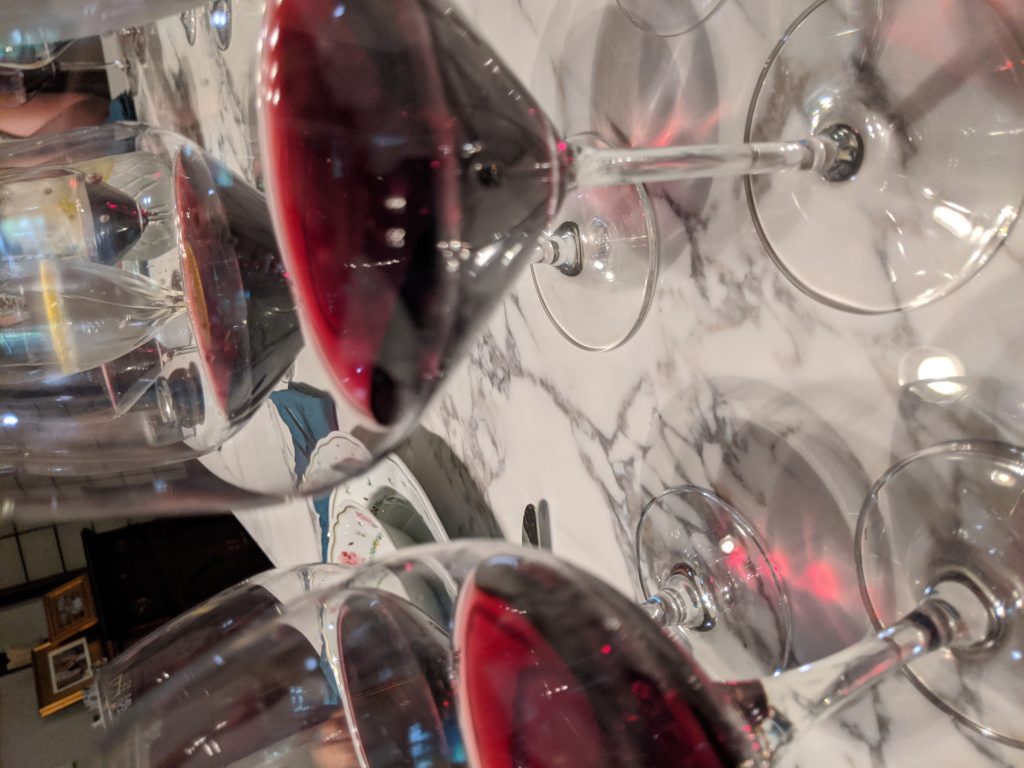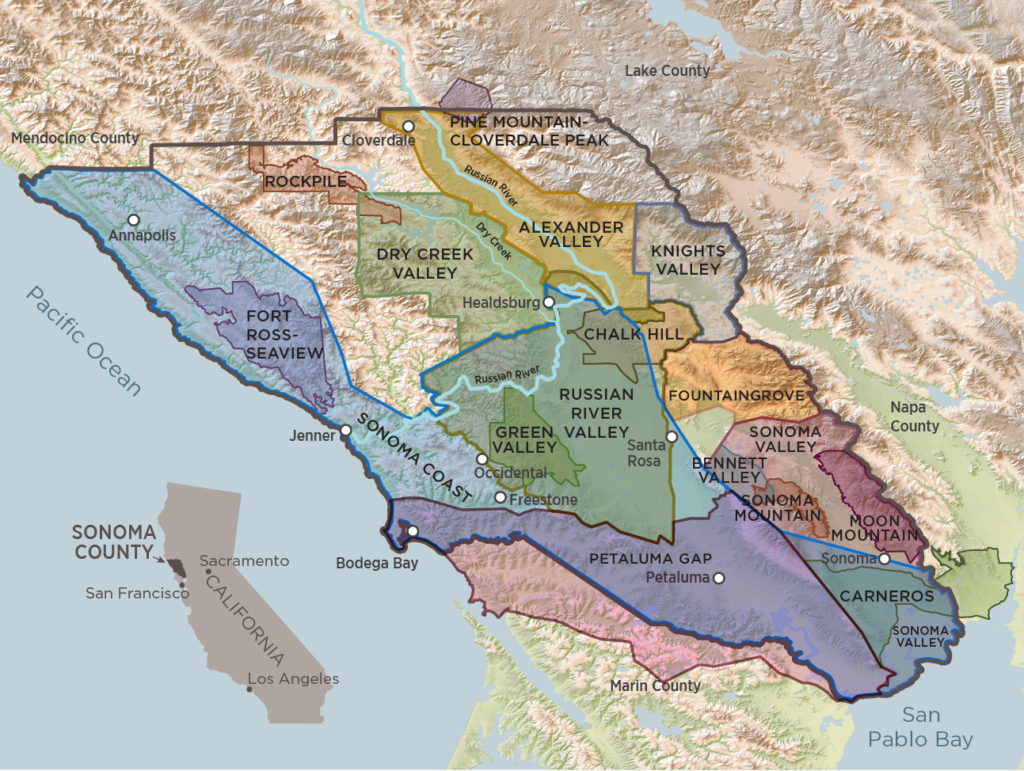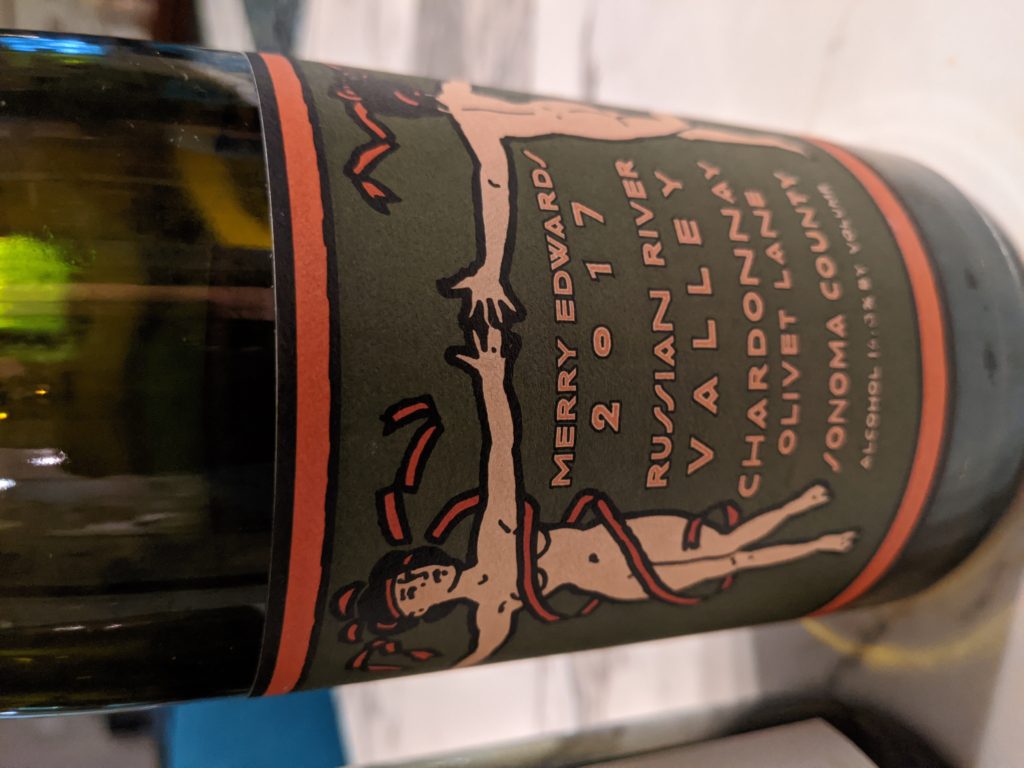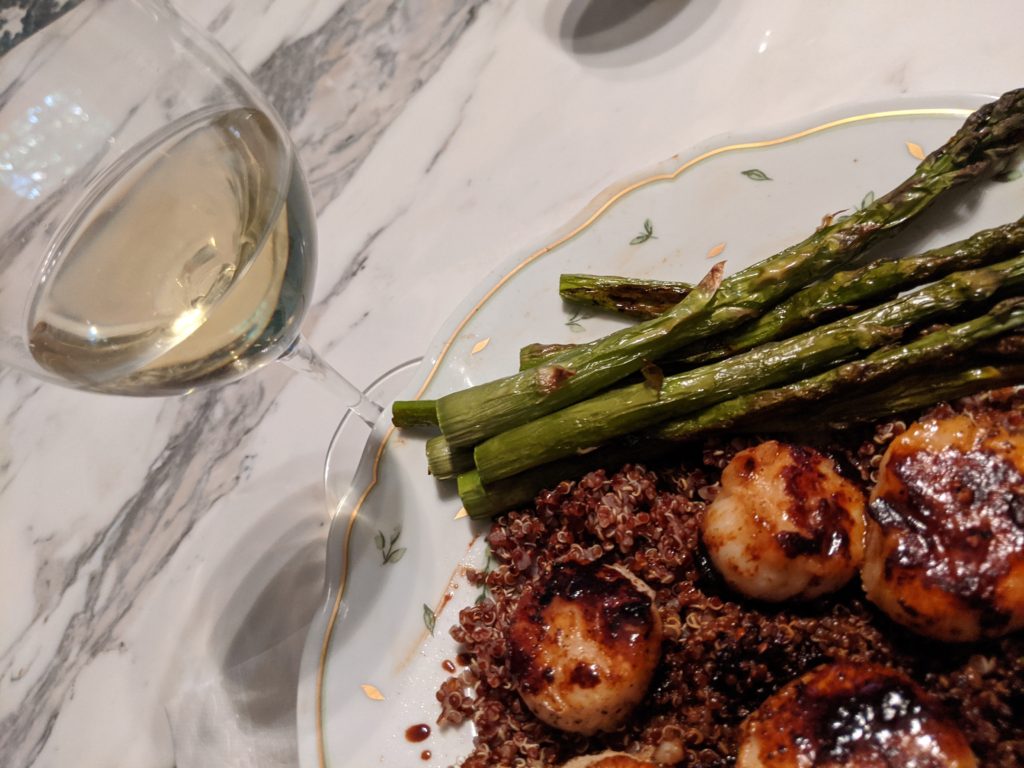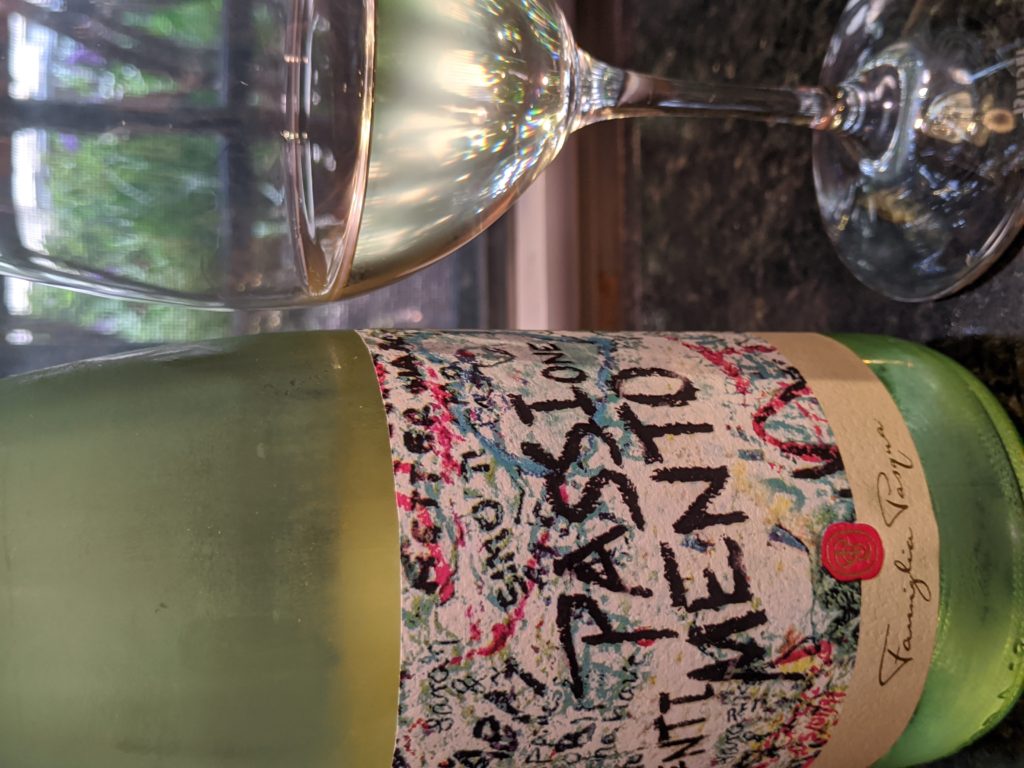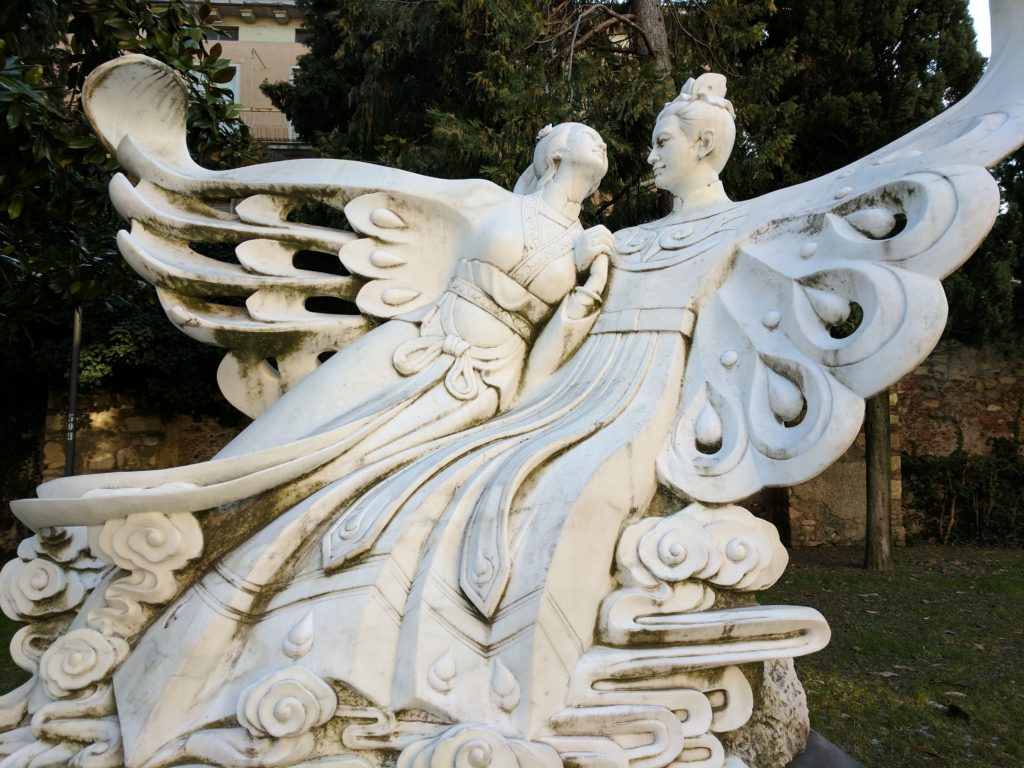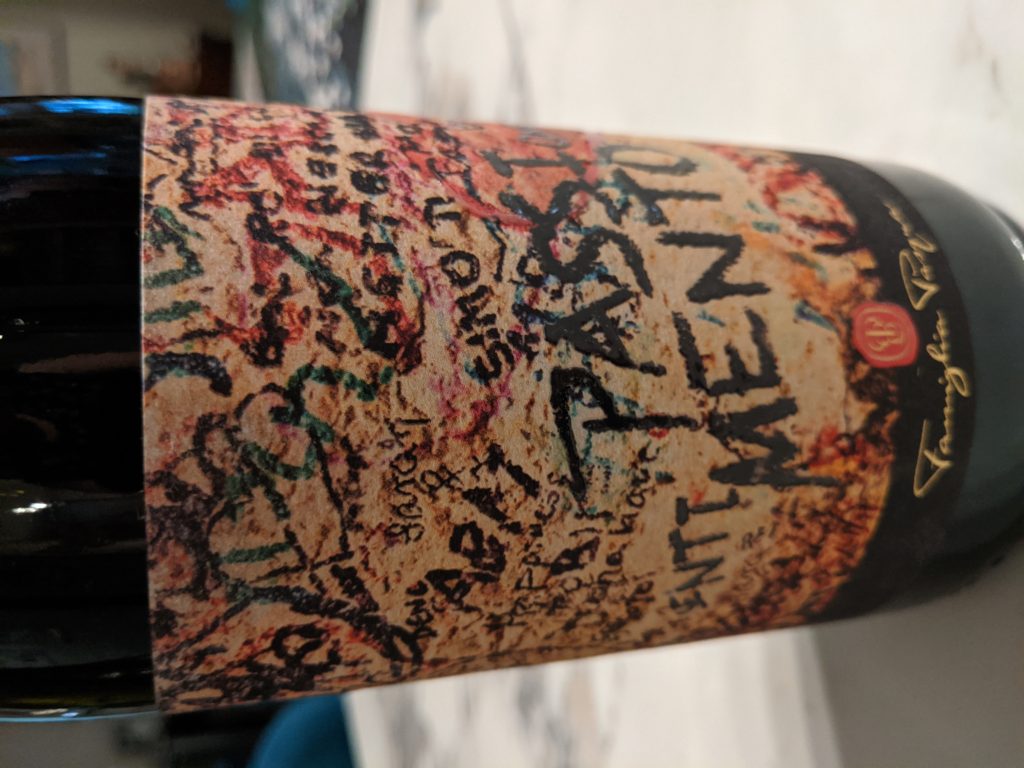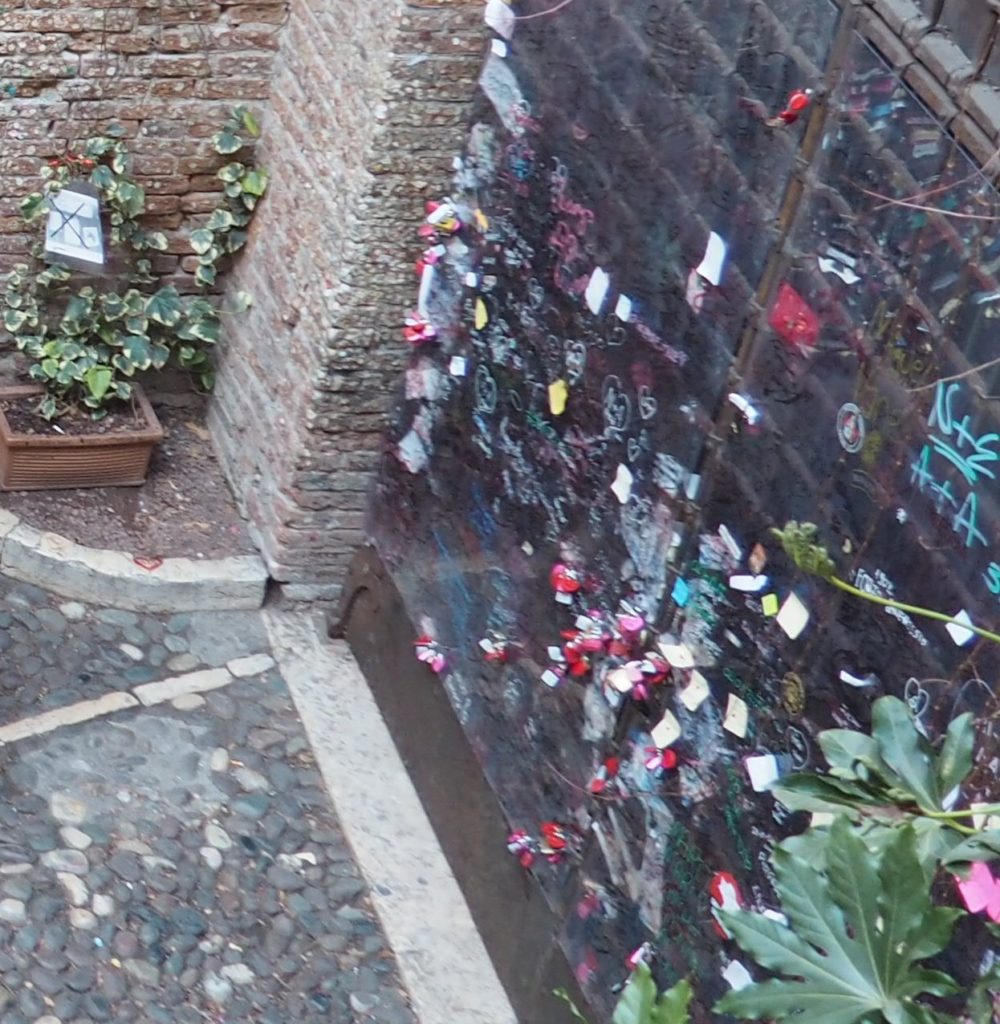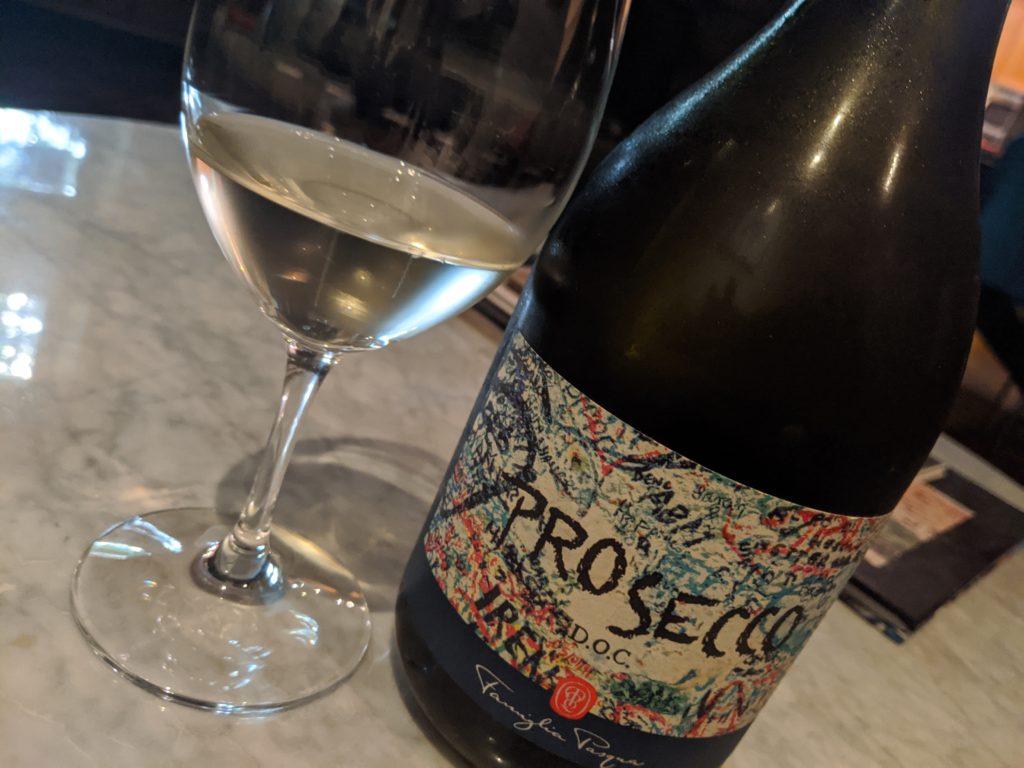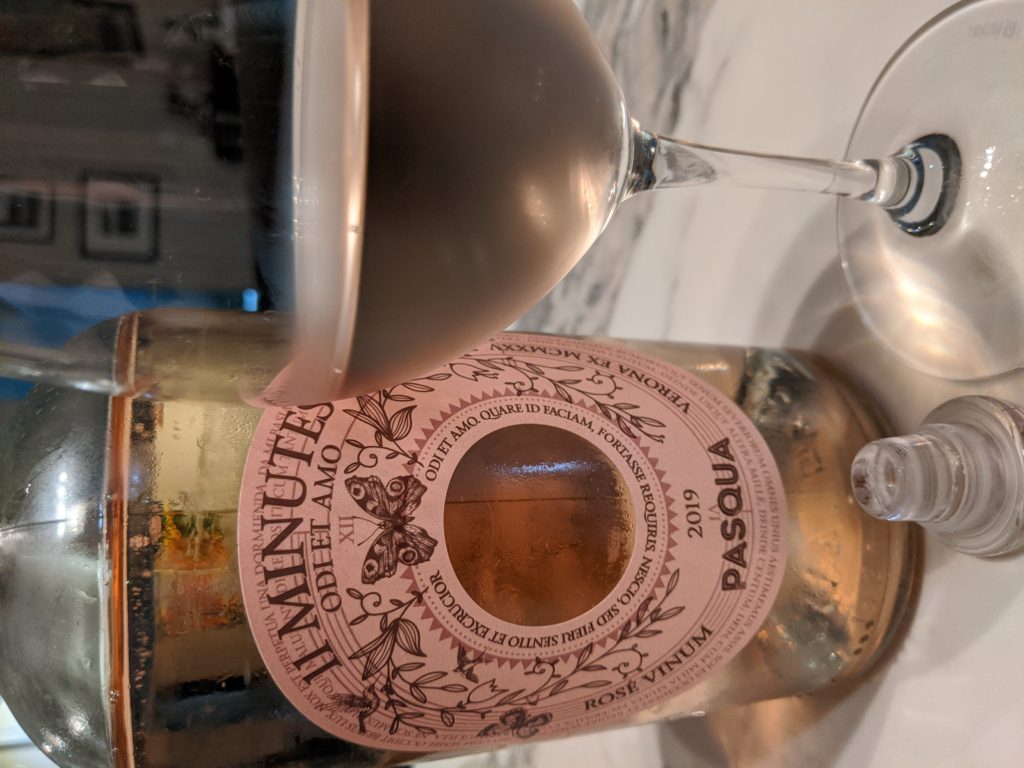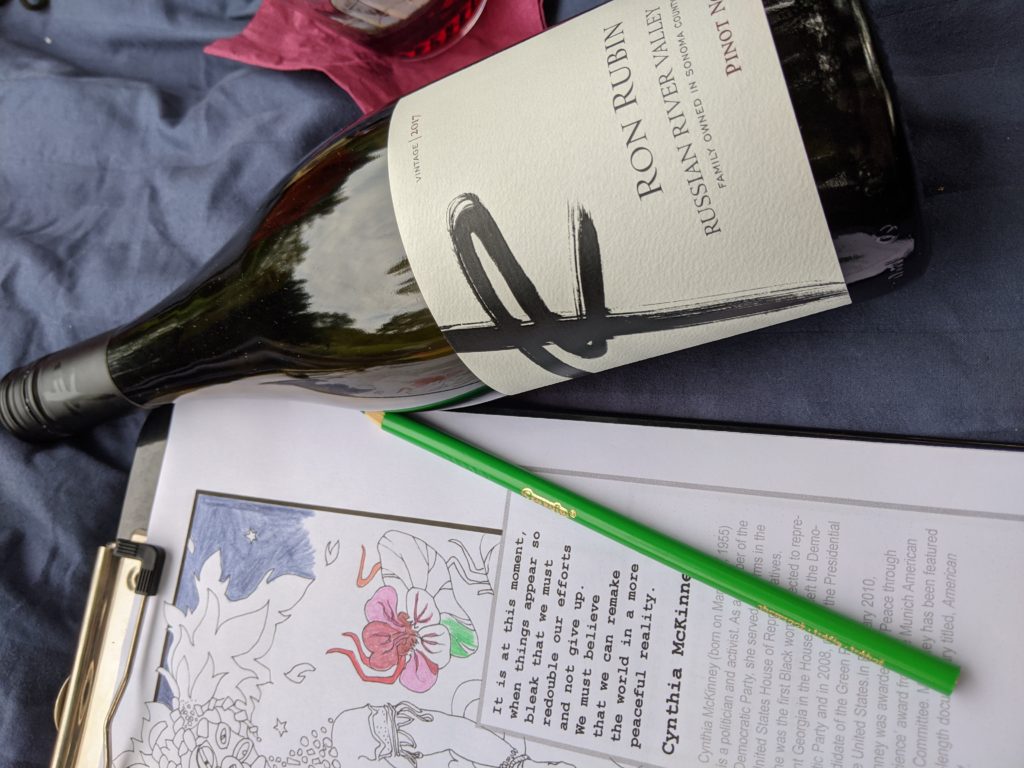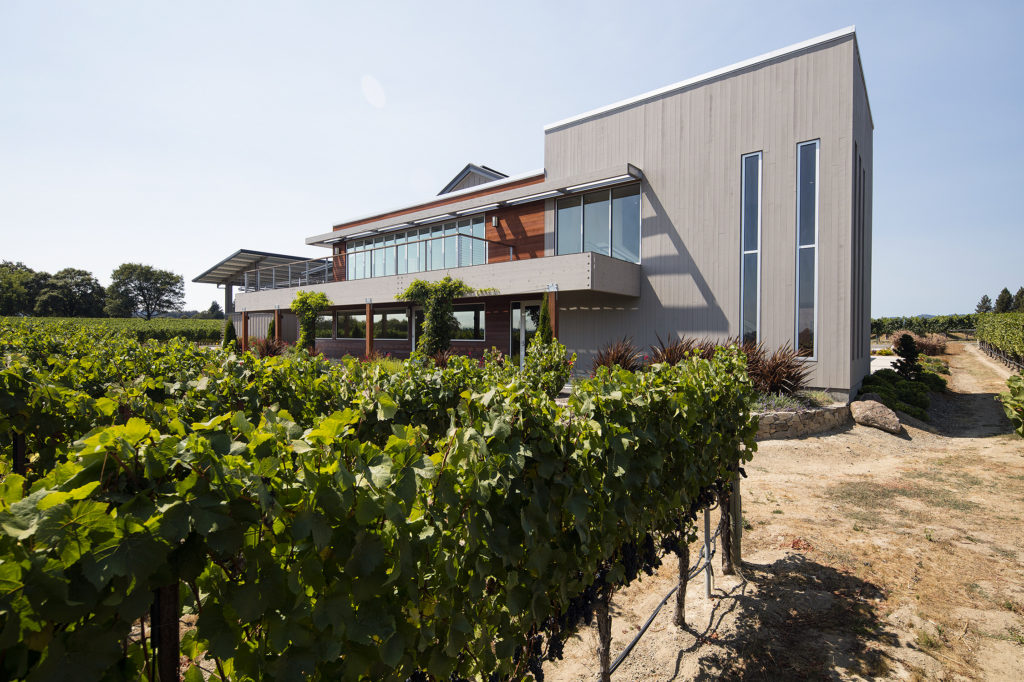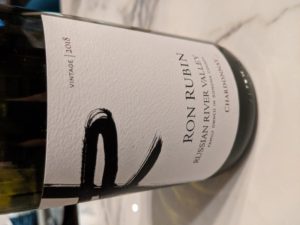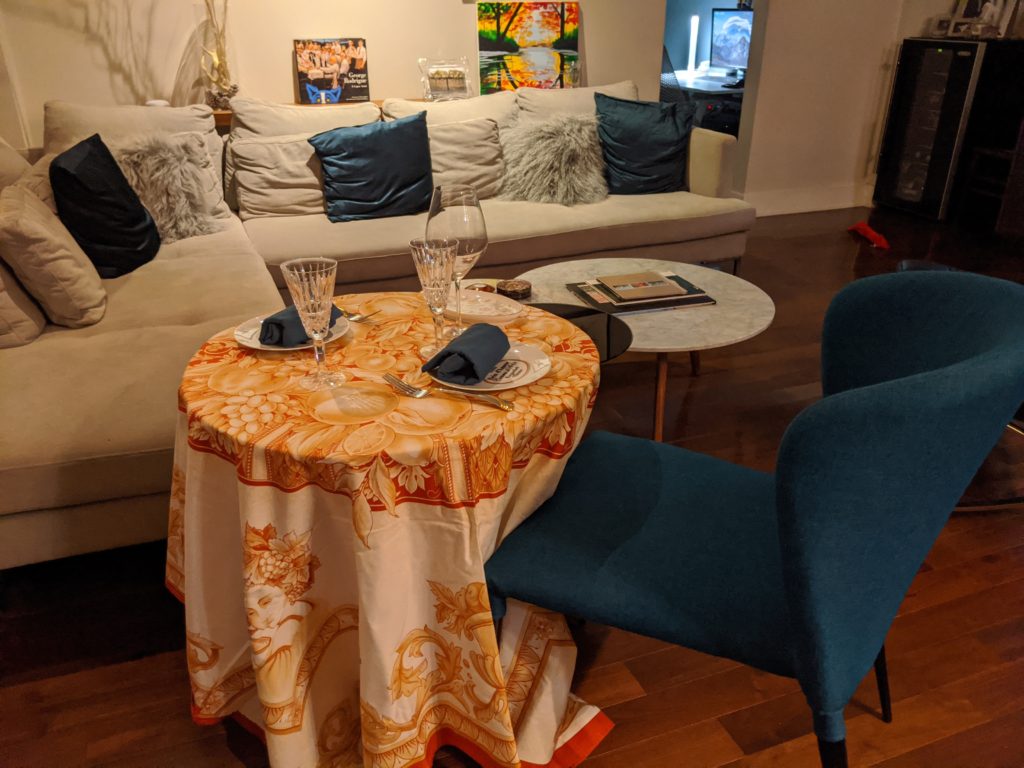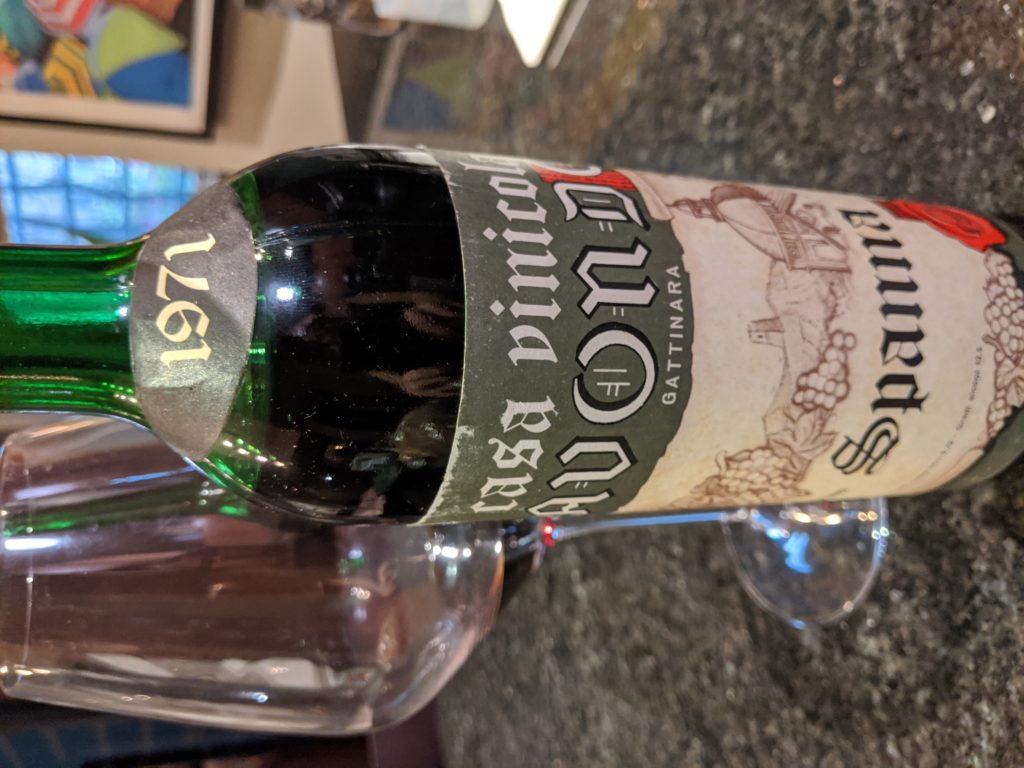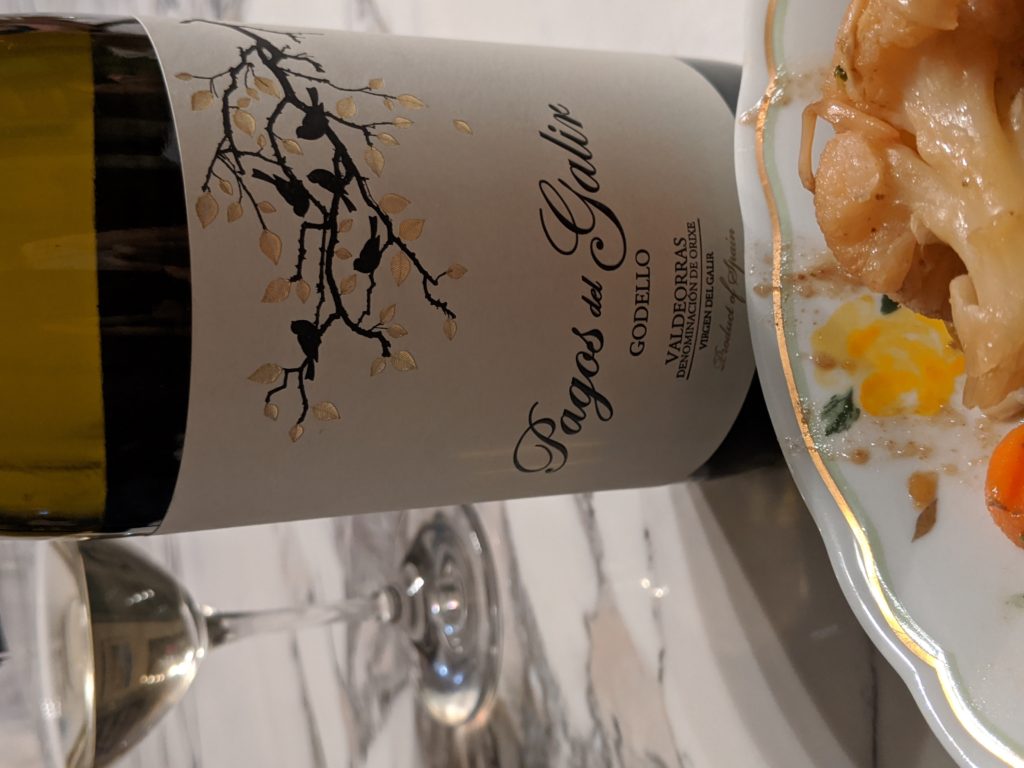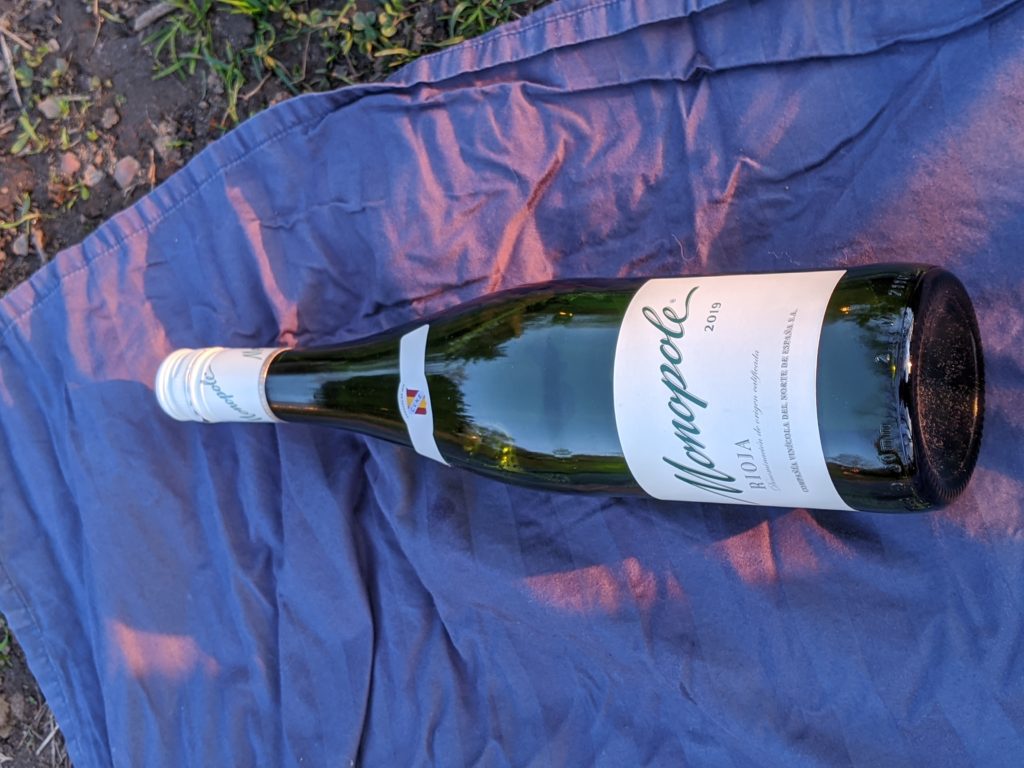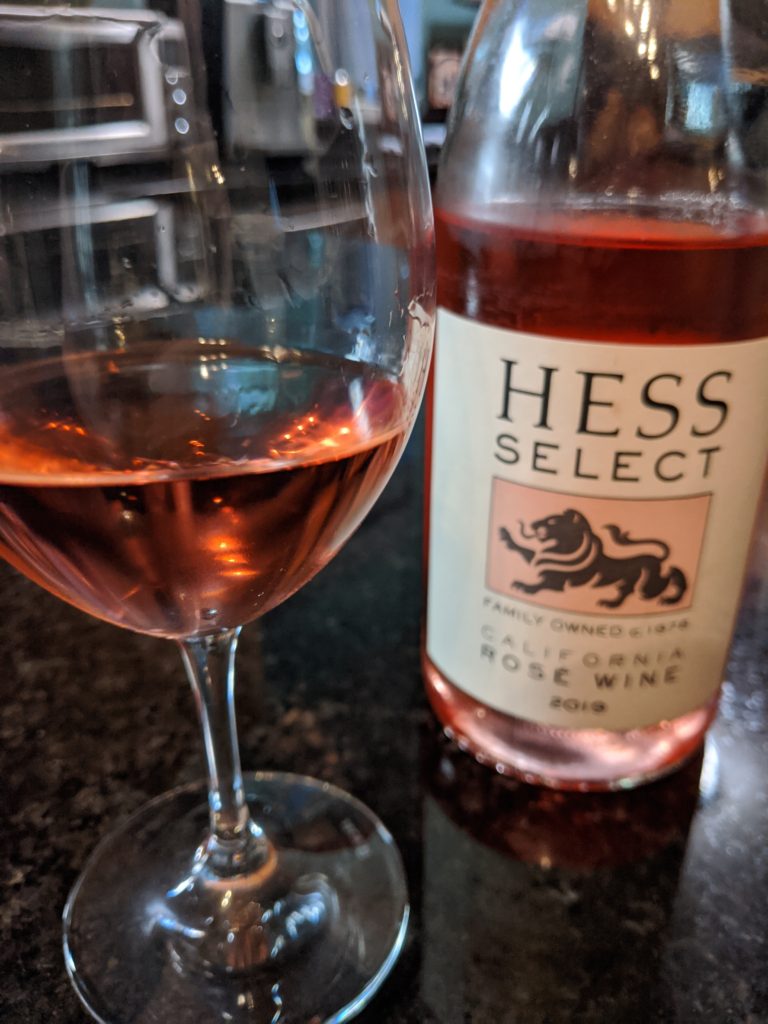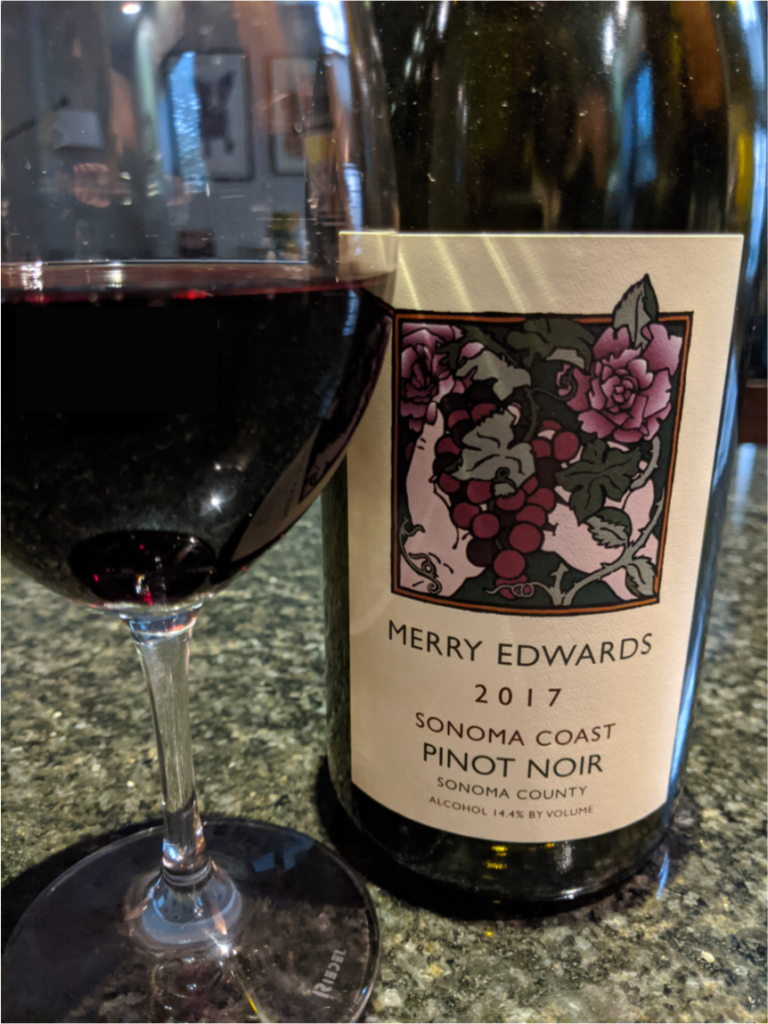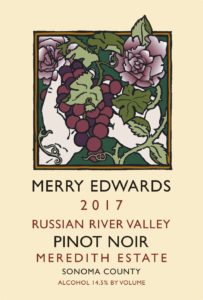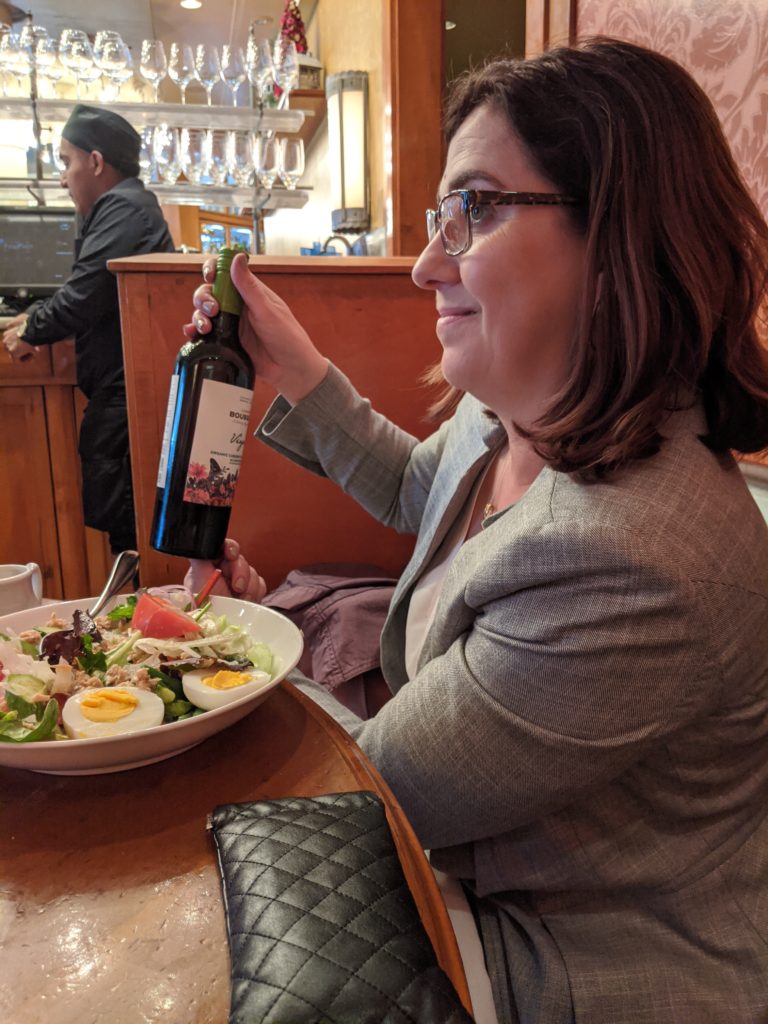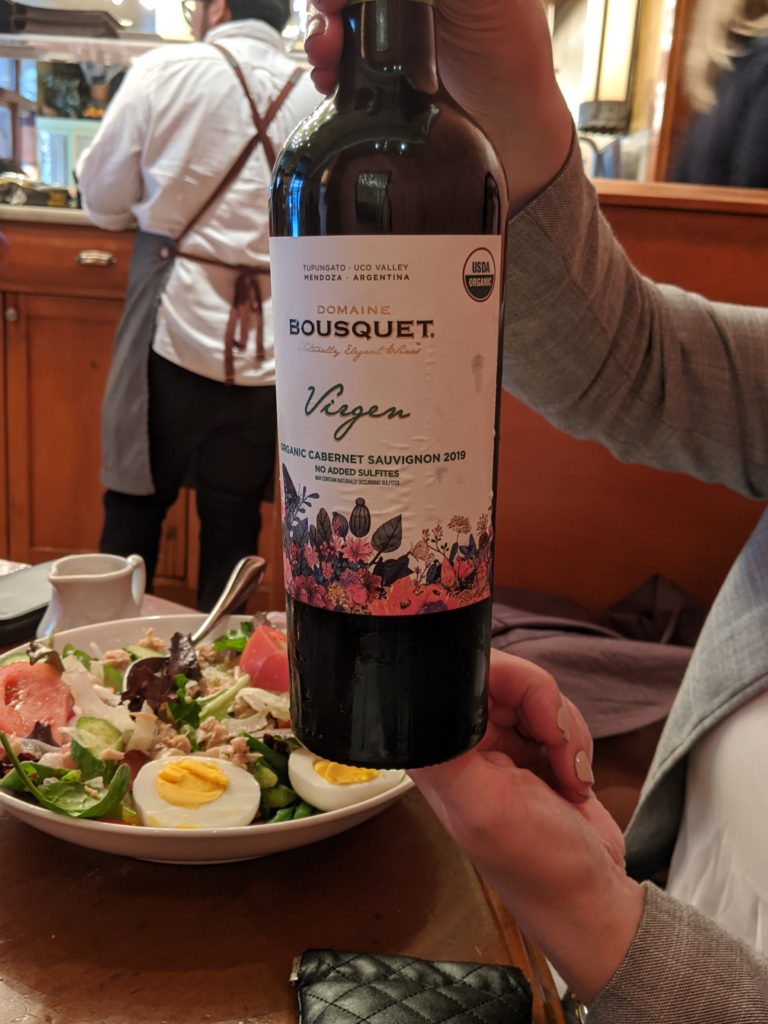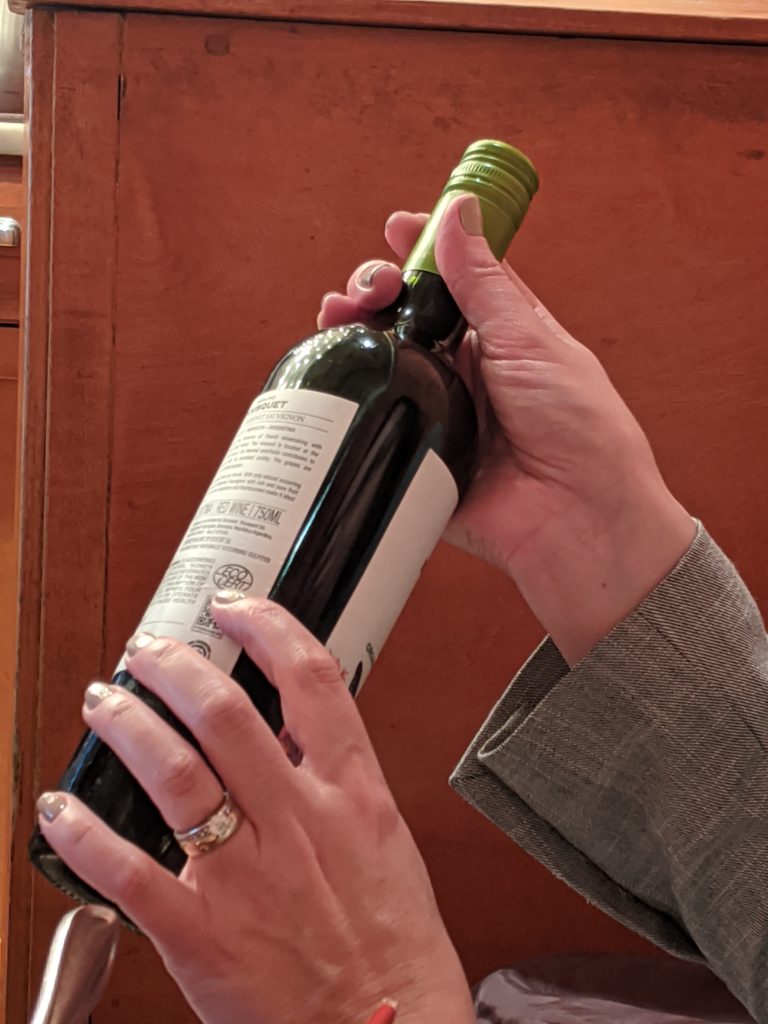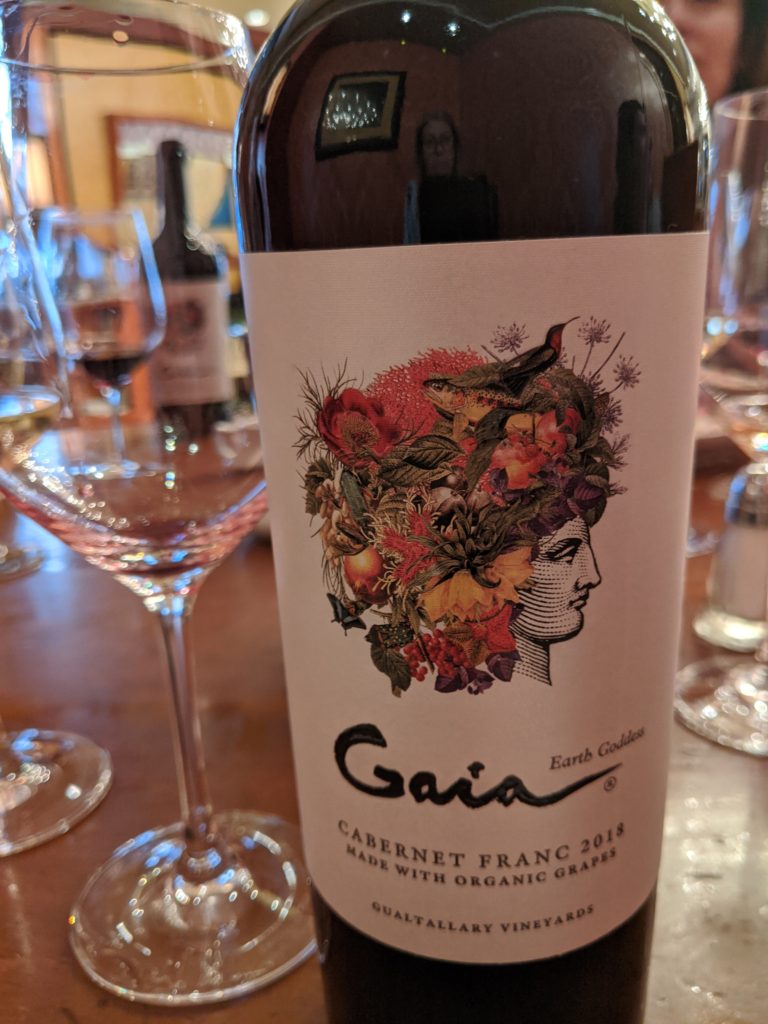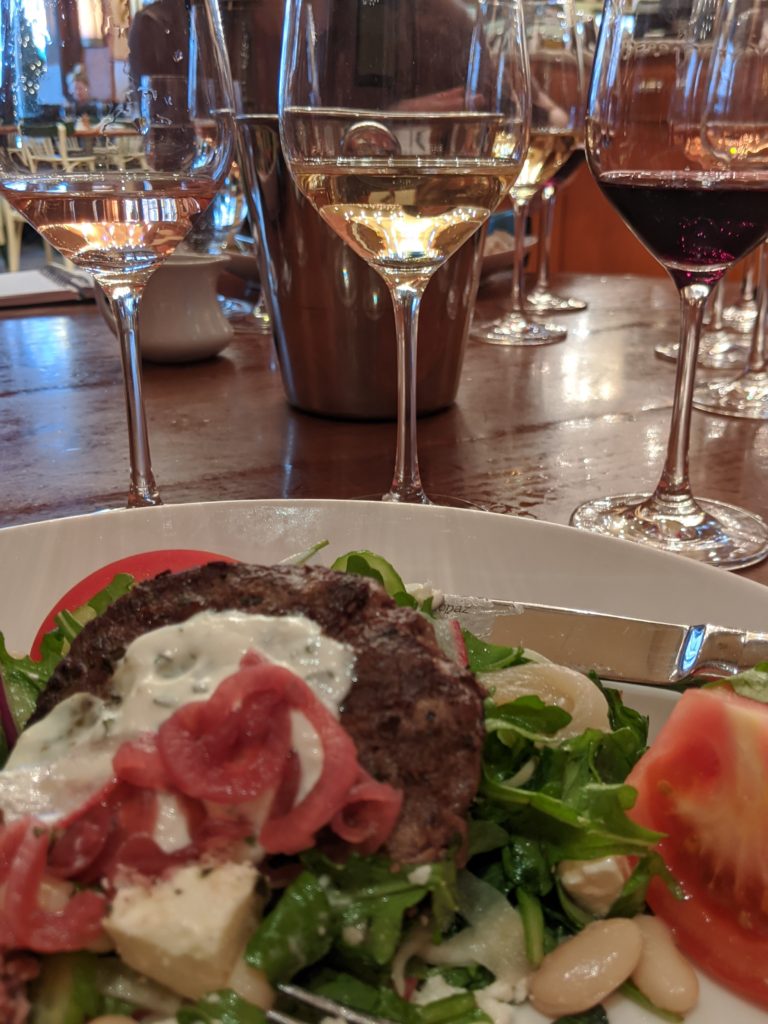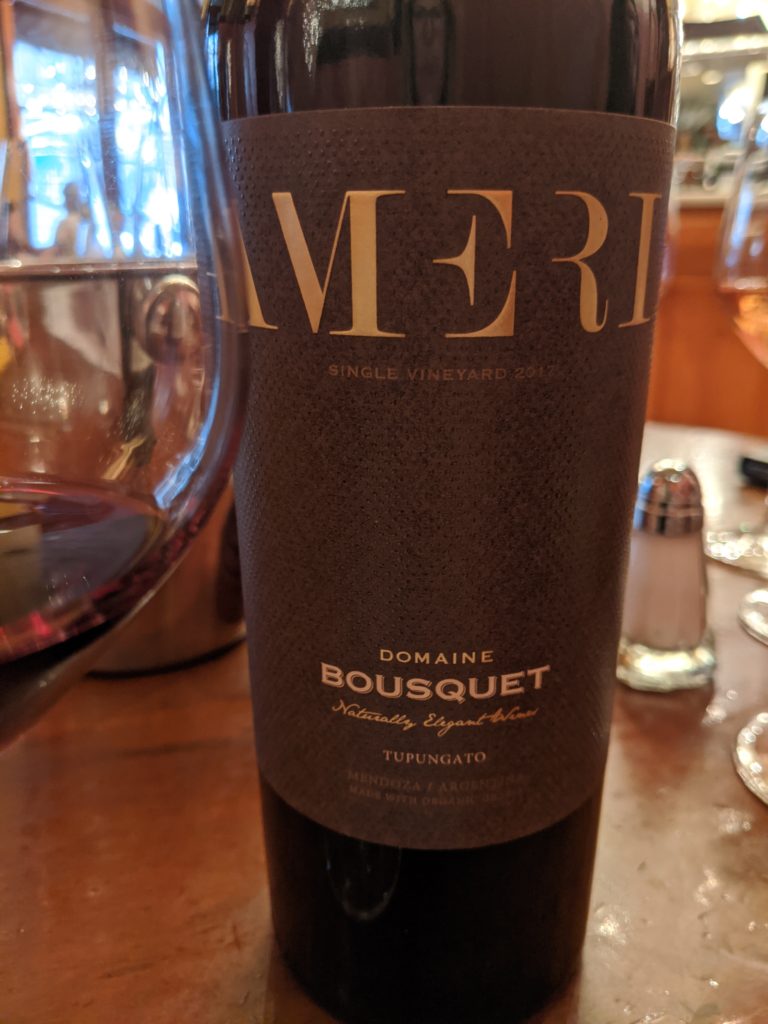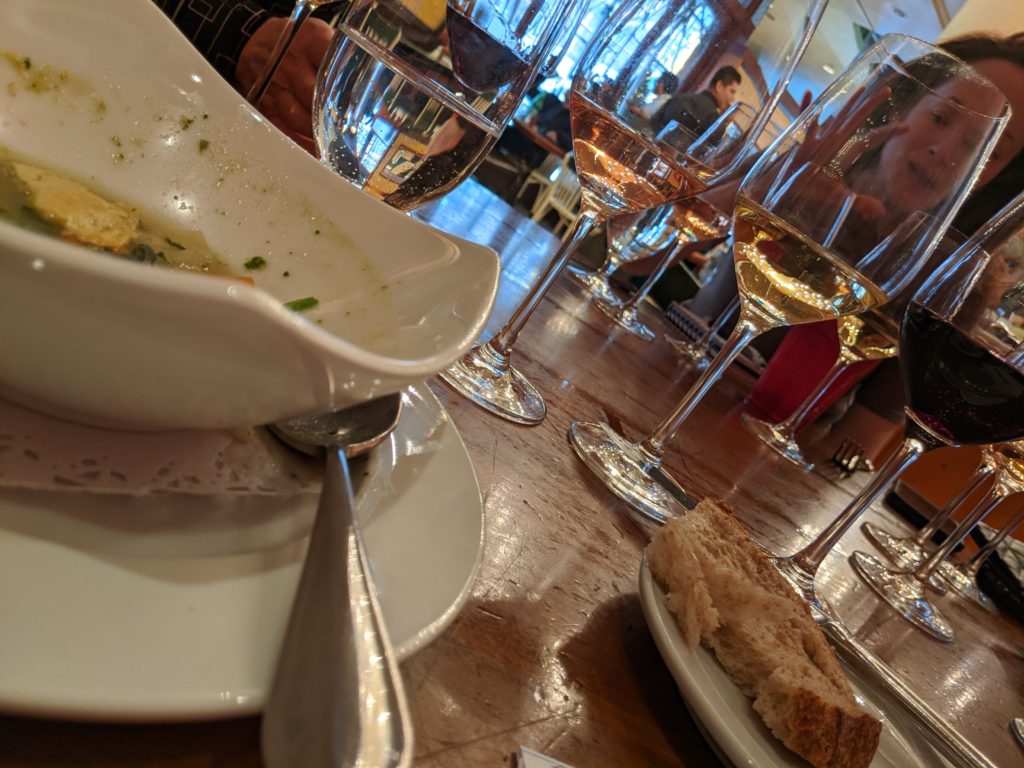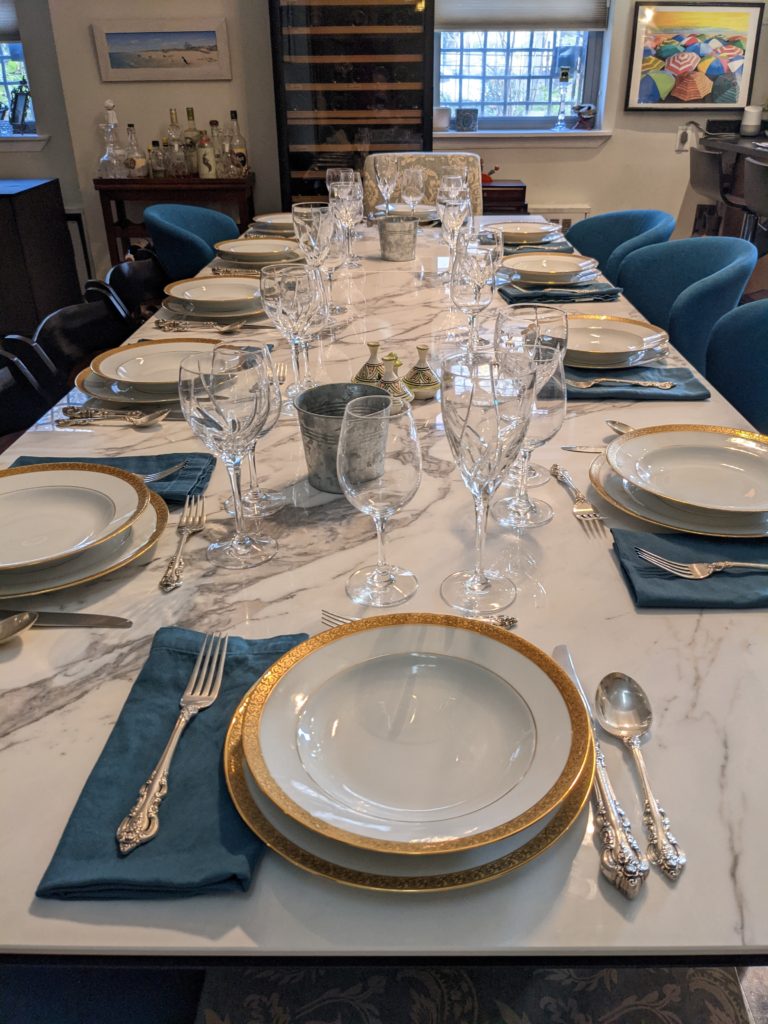
There are meditation wines, cocktail-party wines and those that are really best enjoyed with food. With the holiday season upon us, the latter two are in particular demand as we head to family gatherings, holiday parties and other social events.
Wines best for the table generally have bright, vibrant acidity, which I have heard by one sommelier described as a “highlighter” of the meal, underscoring the flavor of the food. In this regard, there are a wide variety of choices with all colors (white, orange, rose and red) as well as both the absence and presence of effervescence very welcome in one’s glass.
Here are a wealth of options to consider as you shop the wine aisle or webpage of your favorite retailer or peruse the wine list while dining out.
Sparkling wines
As noted above, sparkling wines are very food friendly and most have beautiful acidity. Moreover, the sparkle in sparkling wines further cleanses the palate and makes them great for toasting at the table. Plus, we can’t discount the fun factor that bubbles add to any occasion, so they are especially appropriate for the celebratory season.
I’ve written about Prosecco Superiore numerous times (see this, this and this) because these are well-made wines at a great price. Produced via the tank method, these wines emphasize fruit and floral aromas and flavors and some have a slight sweetness (but are still decidedly dry) that can pair well with spice.
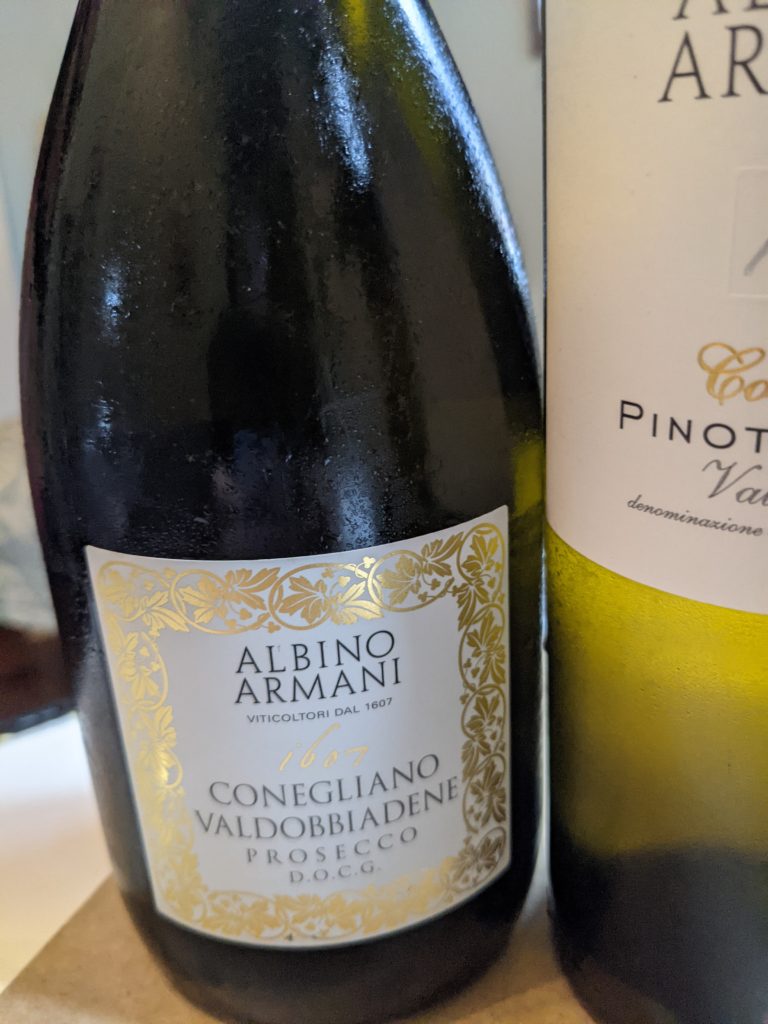
Albino Armani Prosecco Superiore DOCG, Veneto, Italy $19.99
Aromas and flavors of floral and pear, with nice consistent perlage, freshness on the palate, culminating in long length.
White and Orange Wines
Many white wines are good pairing partners due to their acidity, light to medium body and range of flavors to mix and match with what is being served. This is equally true of Chardonnay, plus it has some additional characteristics which work well with food such as its fuller body, which means it can stand up to richer, heavier fare. Similarly, those Chardonnays with buttery or woody notes are great options if you wish to echo these flavors in the food. For example, a rich, buttery Chardonnay paired with lobster tails in a creamy butter sauce.
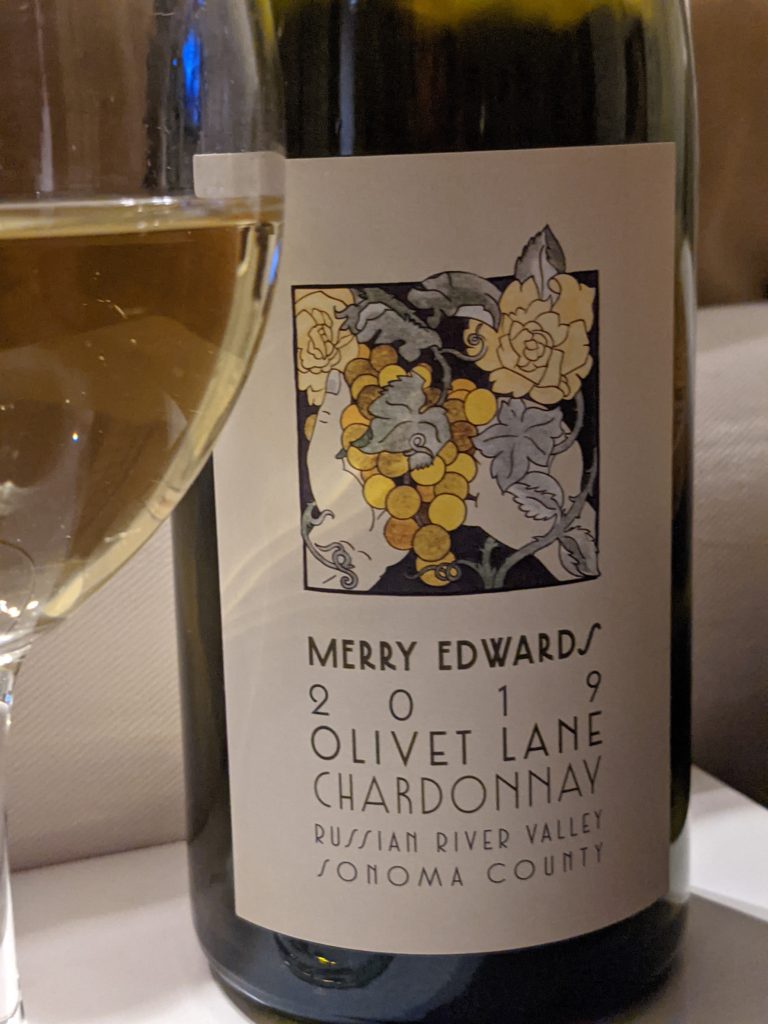
Merry Edwards 2019 Olivet Lane Chardonnay, Russian River Valley (CA), USA, $68.00
Aromas of butter and smoke greet the nose and persist on the elegant palate, with apple and citrus flavors, good acidity, medium+ body and very long length.
Another “white” variety with some chameleon properties is Pinot Grigio (also known as Pinot Gris). In fact, the grape is not white, but rather gray (hence its name — both grigio and gris translate as gray in Italian and French, respectively). Yet, it can be produced in shades of white as well as orange.
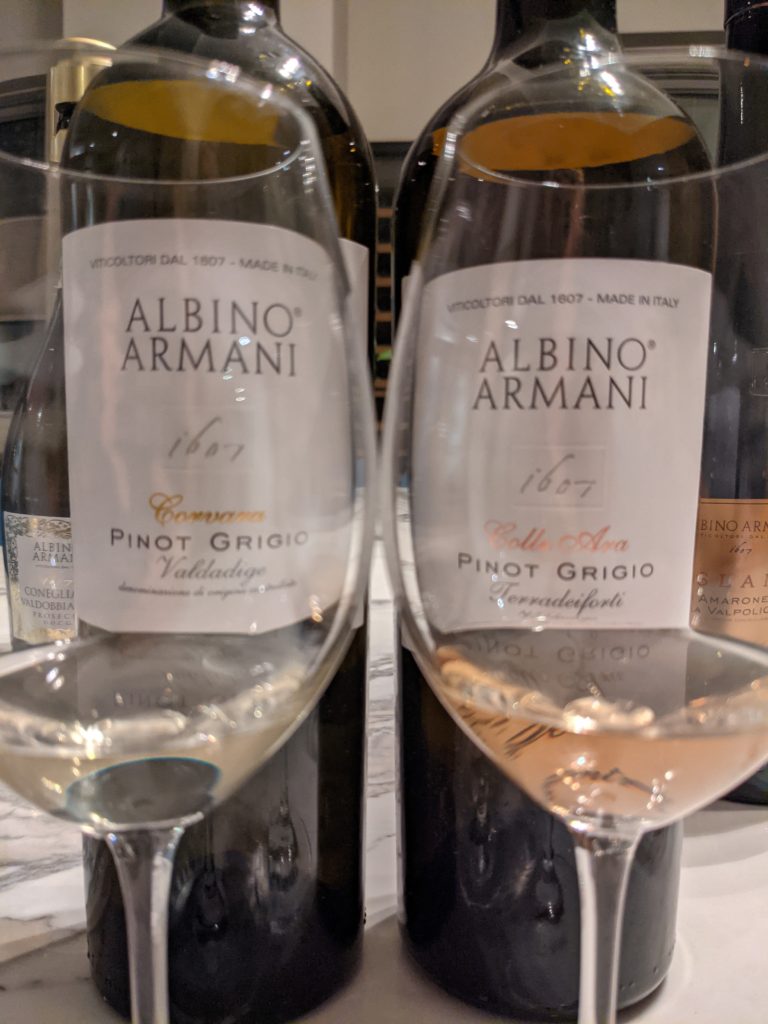
Albino Armani Corvara Pinot Grigio 2019, Valdadige DOC, Italy, $14.99
Notes of smoke and tangerine give way to pear and minerality on the dry palate, with medium acidity, medium+ body and long length.
About Albino Armani
Albino Armani is a family-owned winery with five wineries situated in Northeast Italy and is particularly well regarded as a producer of Pinot Grigio (the family has been producing it for 400 years). In fact, Mr. Armani is presently President of the Consorzio Pinot Grigio delle Venezie. He believes that the best climate for this grape is a cool climate with temperatures that range 55-59F, otherwise the resulting wines are lacking in acidity. In this regard, the Alto Adige region is perfect with its continental climate, good diurnal shifts and extended daylight hours. He produces several Pinot Grigio wines, including two single vineyard bottlings: one from the Corvara Vineyard and the other from the Colle Ara Vineyard.
Found within Valdadige, the Corvara Vineyard is surrounded by mountains, whose limestone rock reflects sunlight onto the vines. Constant winds from these mountains and nearby Lake Garda help ward off disease.
From the Colle Ara Vineyard within the Terra dei Forti denomination (which was created 25 years ago), Albino produces a ramato style Pinot Grigio. Pale copper in color, this hue of this wine stems from skin contact: the grape juice is macerated with the grape skins for a brief period of time leaching color from the skins. Recalling the wines of his childhood, Albino sought to reintroduce this traditional production method in creating this wine.
Lighter-bodied Reds: Schiava and Pinot Noir
Lighter bodied reds, especially ones with bright acidity, are another terrific option since they won’t overpower the food, but still have freshness to cleanse the palate. Two such grapes that fit this bill are Schiava and Pinot Noir.
Certainly not a household name (at least not yet), the Schiava grape variety
(also known as Vernatsch or Trollinger) hails from the Alto Adige region of Italy, where It has been cultivated since the 16th century. The variety is also grown in Germany, especially in the Baden-Wurttemberg area. Overall, these wines are lighter bodied, dry reds with aromas and flavors of berries, almonds and violets.
Today, the grape is finding renewed favor in the region, with more attention paid to quality both in the vineyard areas and in the winery. Thankfully, many older (80-100 year old) vines still exist, which adds complexity to the wines. With their vibrant acidity, light body and low tannins, Schiava wines are well suited to a wide range of cuisine including charcuterie, cheeses, pasta dishes, pizza as well as Asian cuisine.
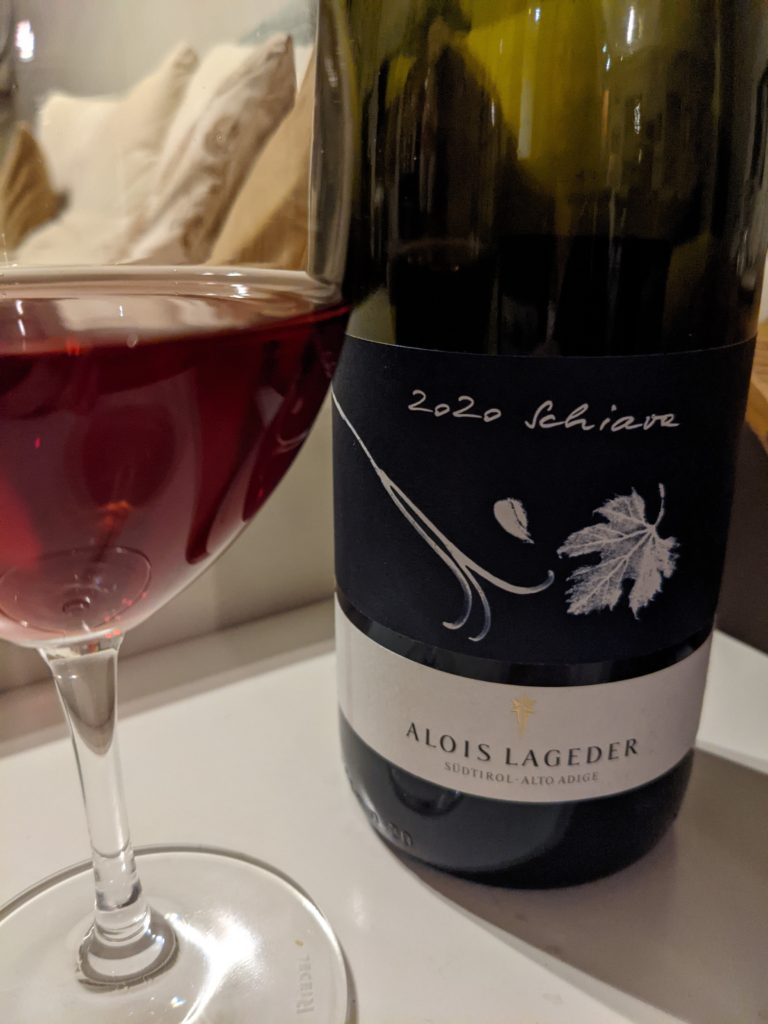
Alois Lageder Vernatsch – Schiava 2020, Alto Adige, Italy, ~$20.00
Pale garnet in color, this wine has a stunning nose of cranberry and earth. The palate is dry, with tart acidity, medium- body and flavors of earth, cranberry, pomegranate, and smoke, finishing with medium+ length.
Castel Sallegg Wine Estate Schiava Bischofsleiten 2020 Sudtirol, Alto Adige Lago di Caldaro Scelto Classico, ~$20.00
Slight herbal aromas on the nose become more pronounced on the dry palate and are joined by cherry and berry notes. High acidity, medium body and long length. This was beautiful with roasted chicken.
Likewise, Pinot Noir is a quintessential quaffer at the table. With its bright acidity and depth of flavors from fruity to floral and herbal to earthy, it provides a robust palette from which to pair various dishes. Moreover, the range of styles currently produced (cooler climate vs. warmer climate) adds to the options from which to choose.
About Merry Edwards
I've once again had the pleasure of tasting through a number of Merry Edwards single vineyard Pinot Noirs, which I've discussed previously (see here, here and here). It was wonderful to revisit some favorites, especially the Bucher Vineyard.
Merry Edwards PINOT NOIR 2019, Sonoma Coast(CA), USA, $54.00
Aromas of cherries, earth and spice repeat on the palate, along with flavors of plum and berry. The dry palate has medium acidity, medium body, soft tannins, and long length.
Merry Edwards BUCHER PINOT NOIR 2018, Russian River Valley (CA), USA, $63.00
This wine offers up deeper, darker notes of spice, black cherries and an undercurrent of earth, with bright acidity, medium+ body, medium tannins and very long length.
Merry Edwards MEREDITH ESTATE PINOT NOIR 2018, Russian River Valley (CA), USA, $80.00
Red and black fruit and slight herbal notes pervade the nose, while the dry, yet very ripe palate presents flavors of black cherry, spice, and dried herbs, with medium acidity, medium to full body, ripe tannins and long length.
Yet, even with the fruitier styles of Pinot Noir available in the market, they might not be the perfect foil for heartier fare. For dishes such as beef stews and pork chops, one might prefer a full-bodied red with good acidity, ripe tannins and lovely fruit flavors such as an Amarone or Cabernet Sauvignon.
Albino Armani Amarone Riserva Cuslanus 2015, Veneto, Italy, $59.99
Beautiful nose, showing some development, with spice, wood, dried cherries and plum. The dry palate offered up medium+ acidity, medium+-to-full body and long length.
To learn more about Valpolicella and Amarone, please see this issue of Drinking Wisely & Well.

